Red, Green and Amber Light Theories of Administrative Law
Introduction
When considering how courts should oversee public administration to prevent abuse of power and limit administrative discretion, different viewpoints emerge. Some argue for strict judicial control over executive actions, while others believe executive actions should operate independently without judicial interference. Another perspective suggests a balanced approach between these two extremes. This article will explore three theories in administrative law—the red, green, and amber light theories—that help us understand these differing views.
Conceptual Development
The idea of "traffic light theories" in administrative law, specifically the red and green light theories, was first introduced by Harlow and Rawlings in 1948. These theories emerged from extensive debates on whether and how judicial control should be applied to executive actions.
The landmark American Supreme Court case of Marbury v. Madison in 1803 was the first to establish the principle of judicial review, recognizing the judiciary's role in overseeing the executive branch. This principle was later adopted by countries with common law systems like Canada, Australia, New Zealand, India, and Nepal, where courts began applying administrative law principles to evaluate government actions.
Conceptual Understanding
Red Light Theory
The red light theory is rooted in the 19th-century laissez-faire political tradition, which was deeply skeptical of executive power and aimed to limit the state's interference in individual rights, particularly property rights. This theory is closely linked to the concept of "legal sovereignty" as explained by Dicey, who argued that the government must operate within the legal rules established by Parliament. If the government acts outside these rules, the courts have the authority to intervene and ensure that the government acts lawfully.
Green Light Theory
As criticisms of the red light theory grew, an alternative perspective emerged between the two world wars, known as the "green light theory." This theory offers a counterpoint to the red light theory by suggesting that the use of executive power to benefit the community is legitimate and should not be overly restricted by judicial oversight. However, it does not advocate for unrestricted or arbitrary state action.
Amber Light Theory
The amber light theory in administrative law aims to strike a balance between the red and green light theories, combining the strengths of both perspectives. This theory suggests that administrative law should incorporate the positive aspects of both approaches, creating a middle ground.
Differences Between the Red and Green Light Theories
- Role of Courts: Red Light Theory advocates for active court involvement in reviewing and controlling administrative decisions, whereas Green Light Theory questions the necessity of courts in overseeing executive actions, favoring other methods of accountability.
- View of Government: Red Light Theory is skeptical of government actions, believing that unchecked power could lead to abuse, while Green Light Theory views the government as generally trustworthy and supportive of public welfare.
- Primary Control Mechanism: Red Light Theory relies heavily on judicial oversight as the main tool for ensuring sound administration, while Green Light Theory suggests alternatives to judicial control, such as internal checks within the administration.
Analysis
These theories have been developed at different times to help understand the goals of administrative law and how much freedom public administration should have in using its powers.
Conclusion
In summary, public administration should have some freedom to carry out its duties, but it shouldn't be left unchecked. There must be limits on its powers to prevent misuse or abuse. Above all, the rule of law should always be upheld to protect individual rights and freedoms.
Share
Related Post
Tags
Archive
Popular & Recent Post
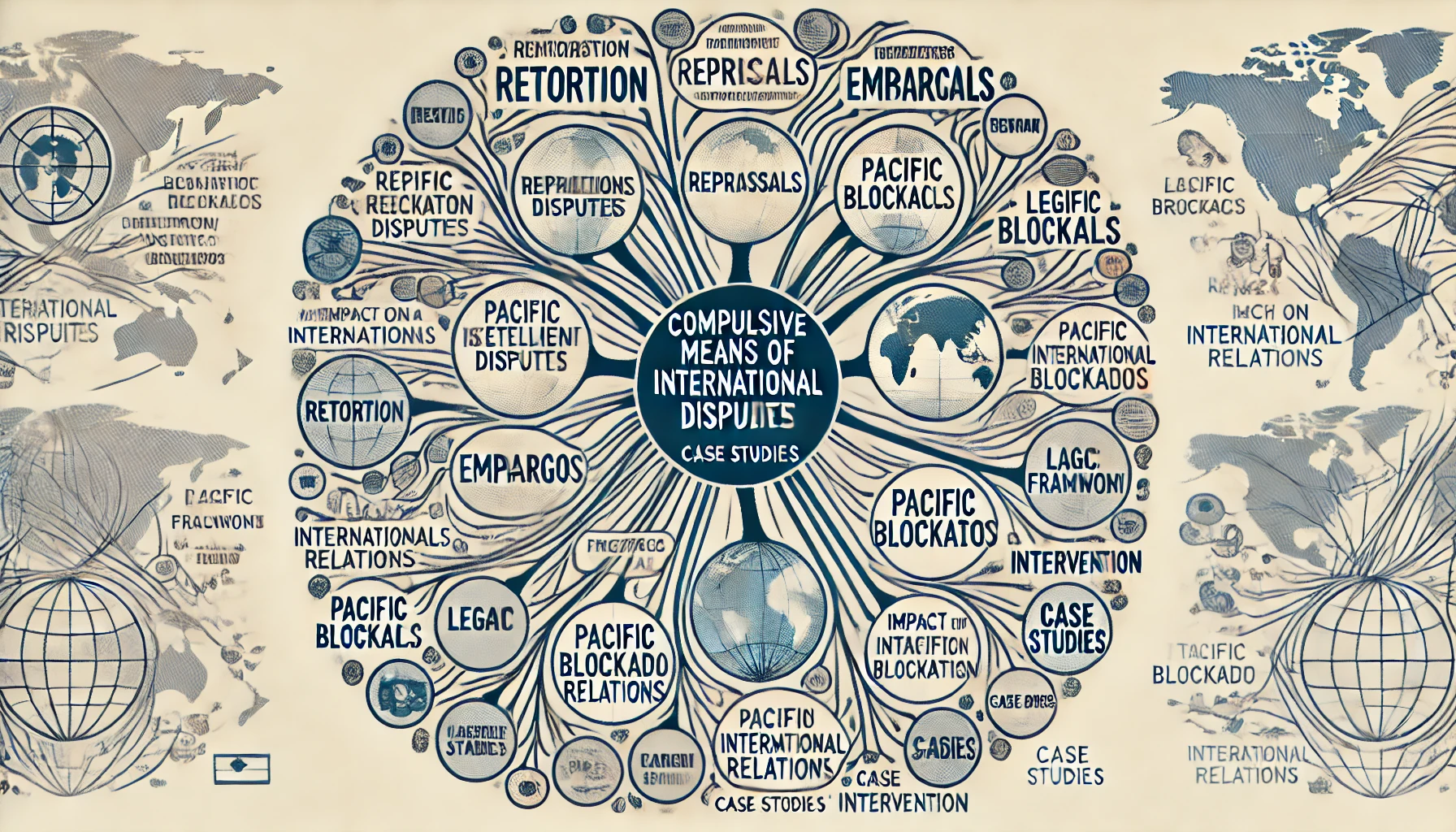



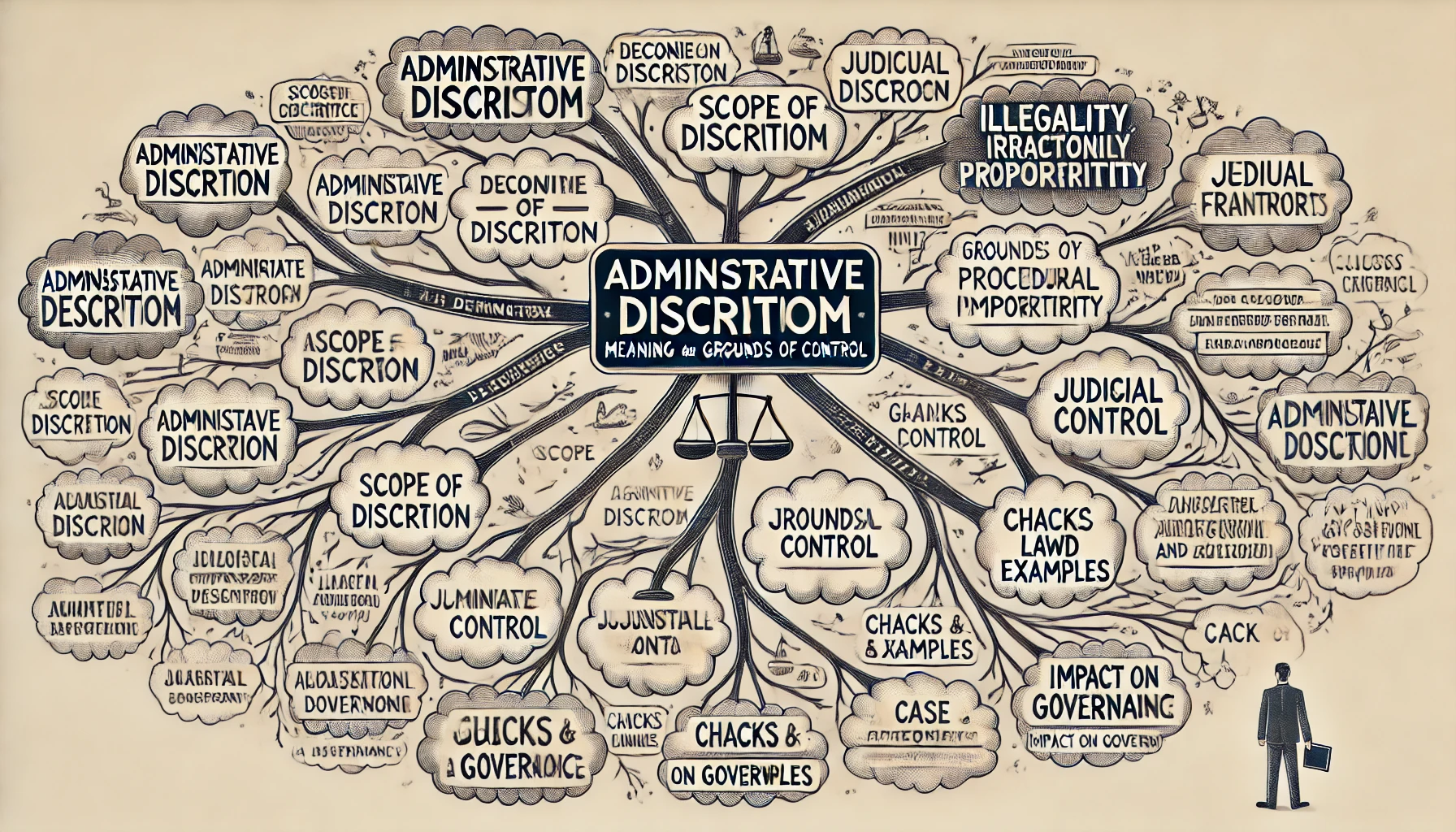
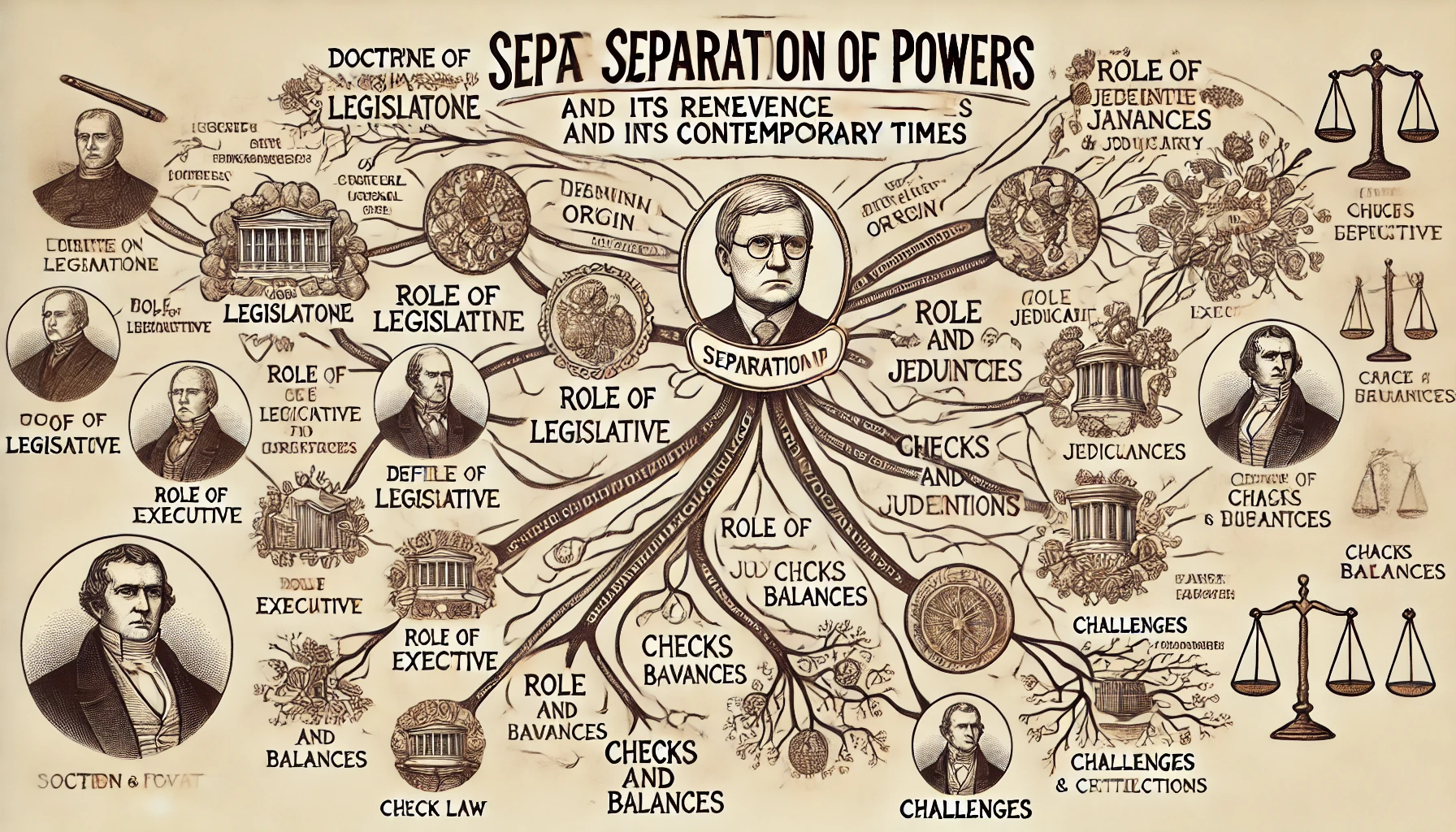
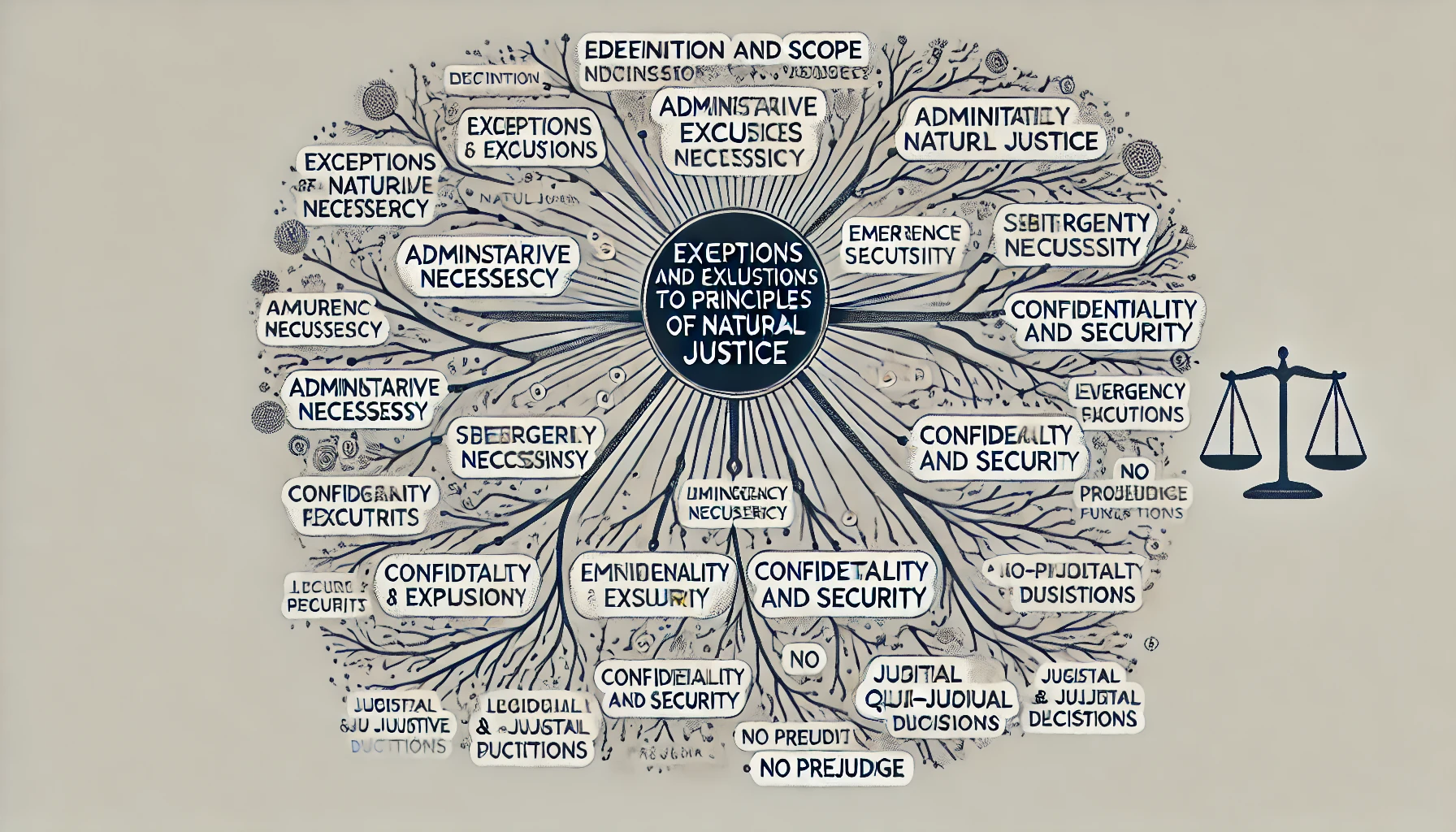
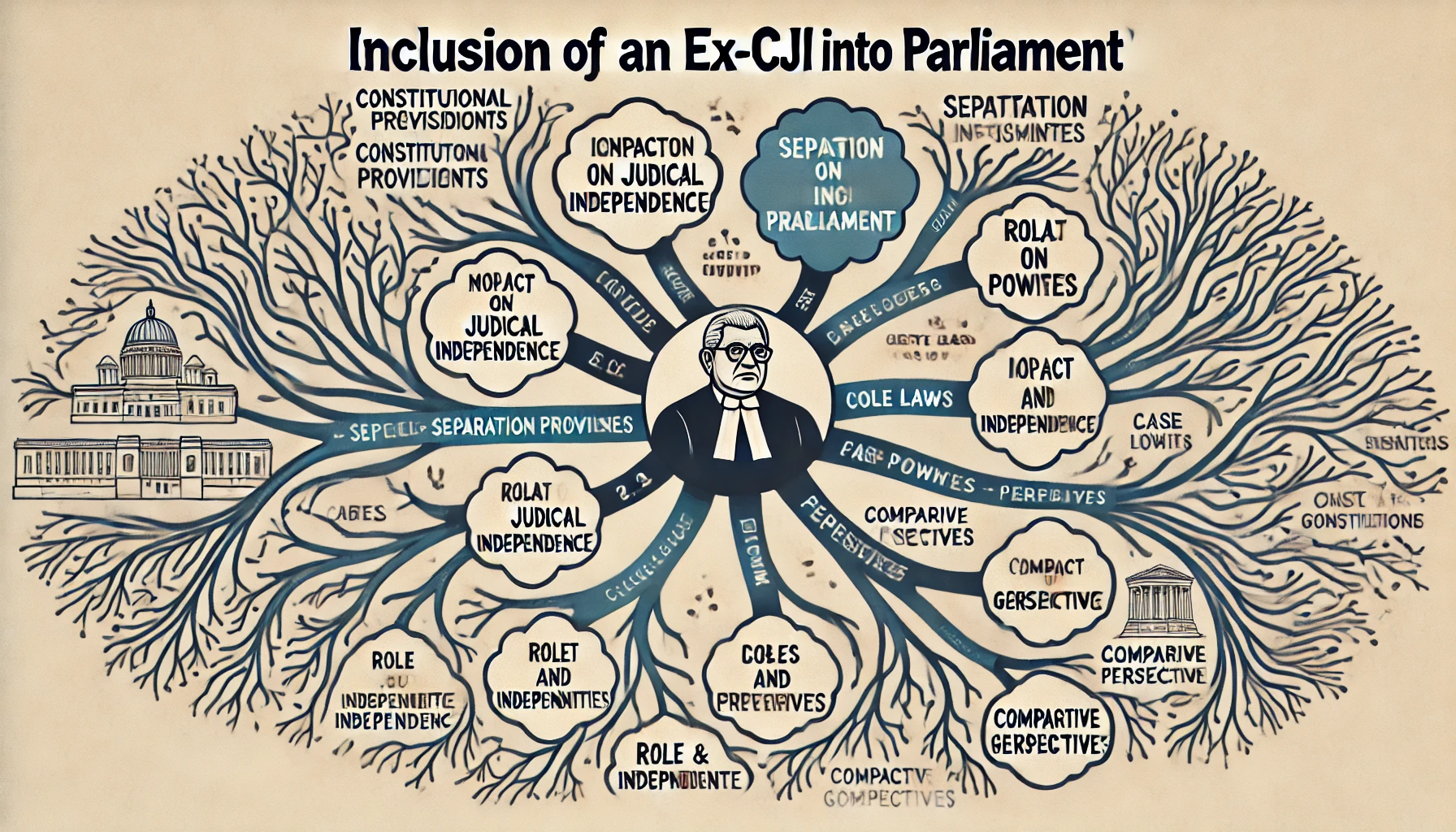
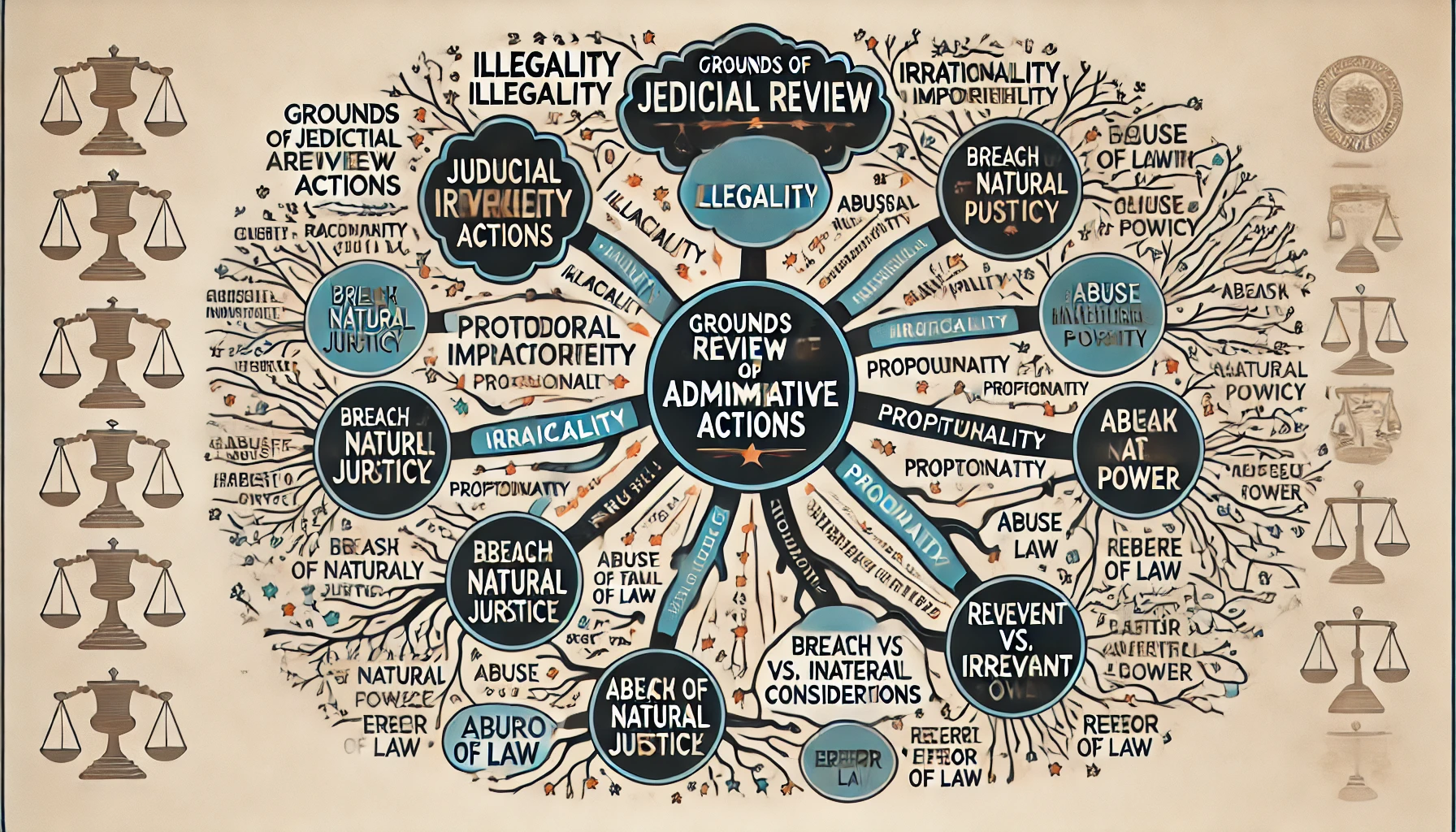
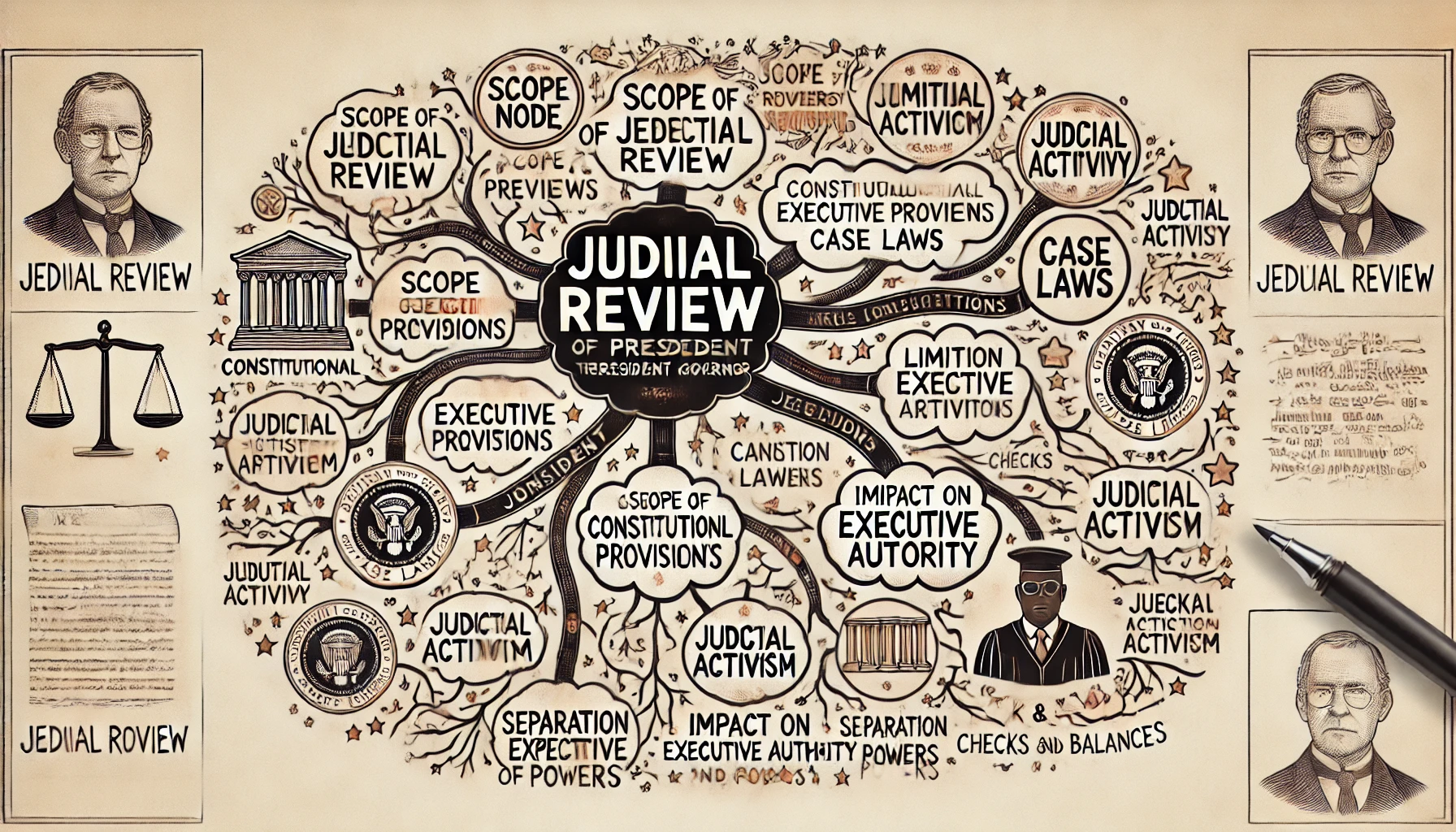
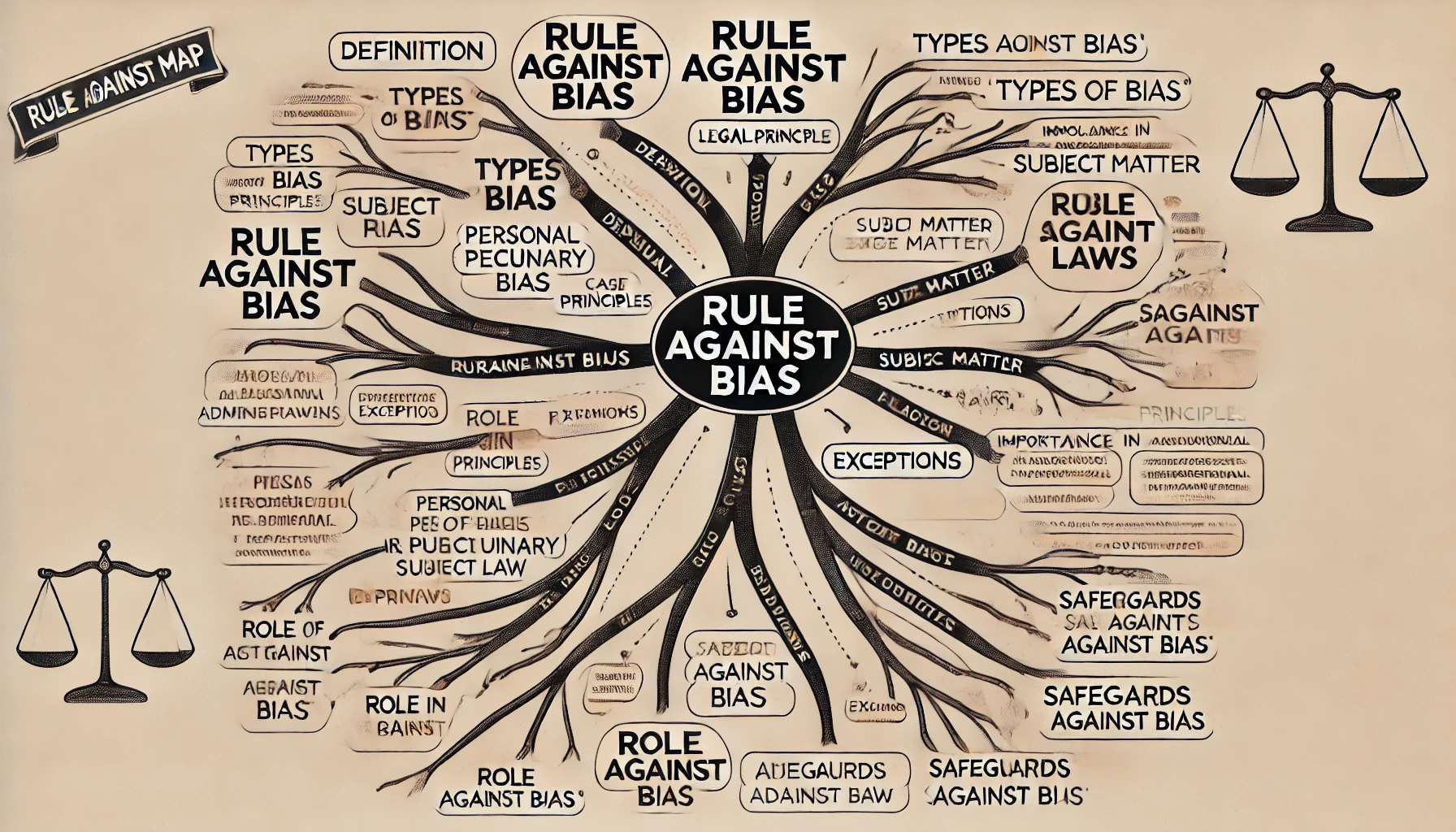
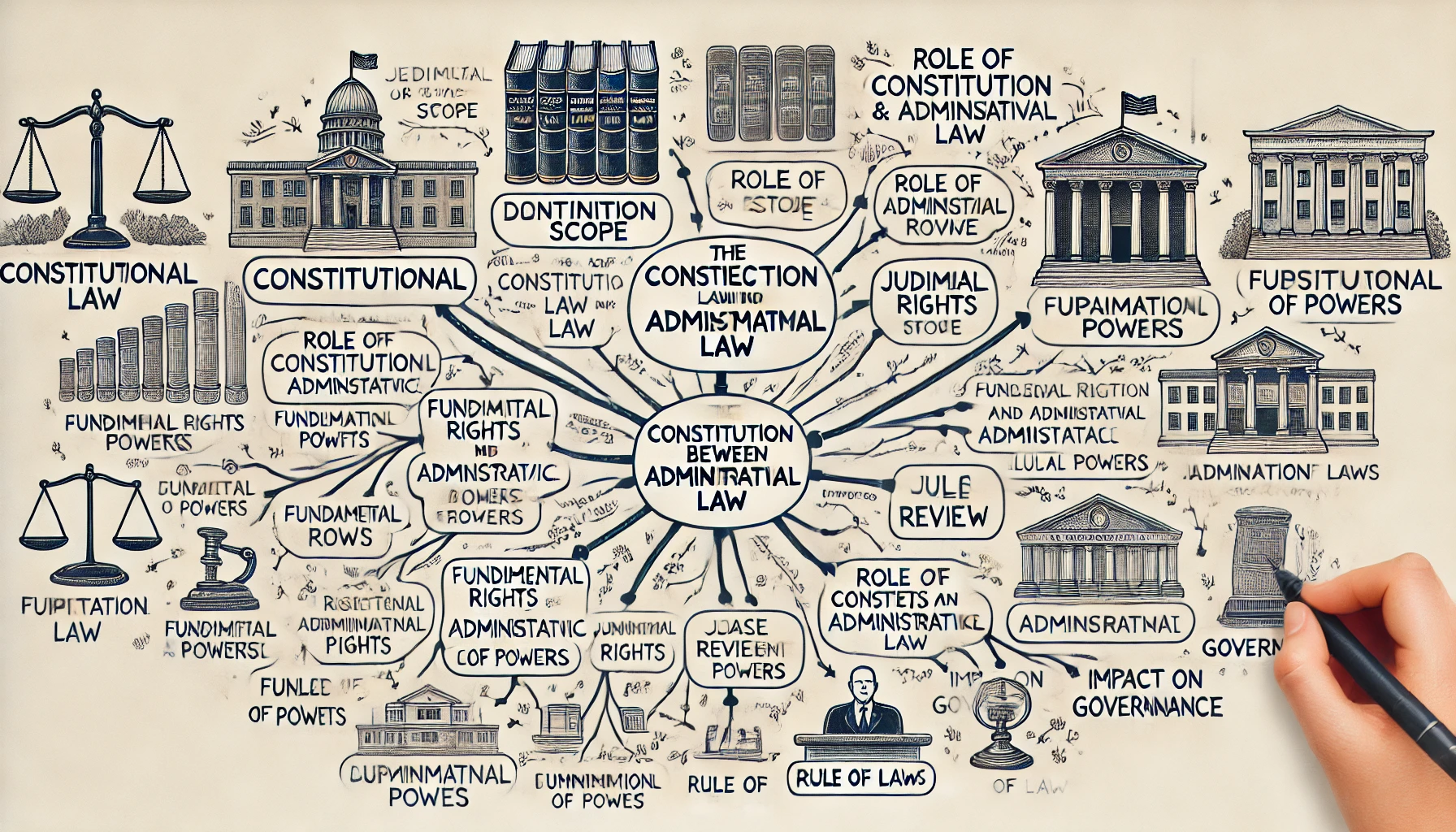
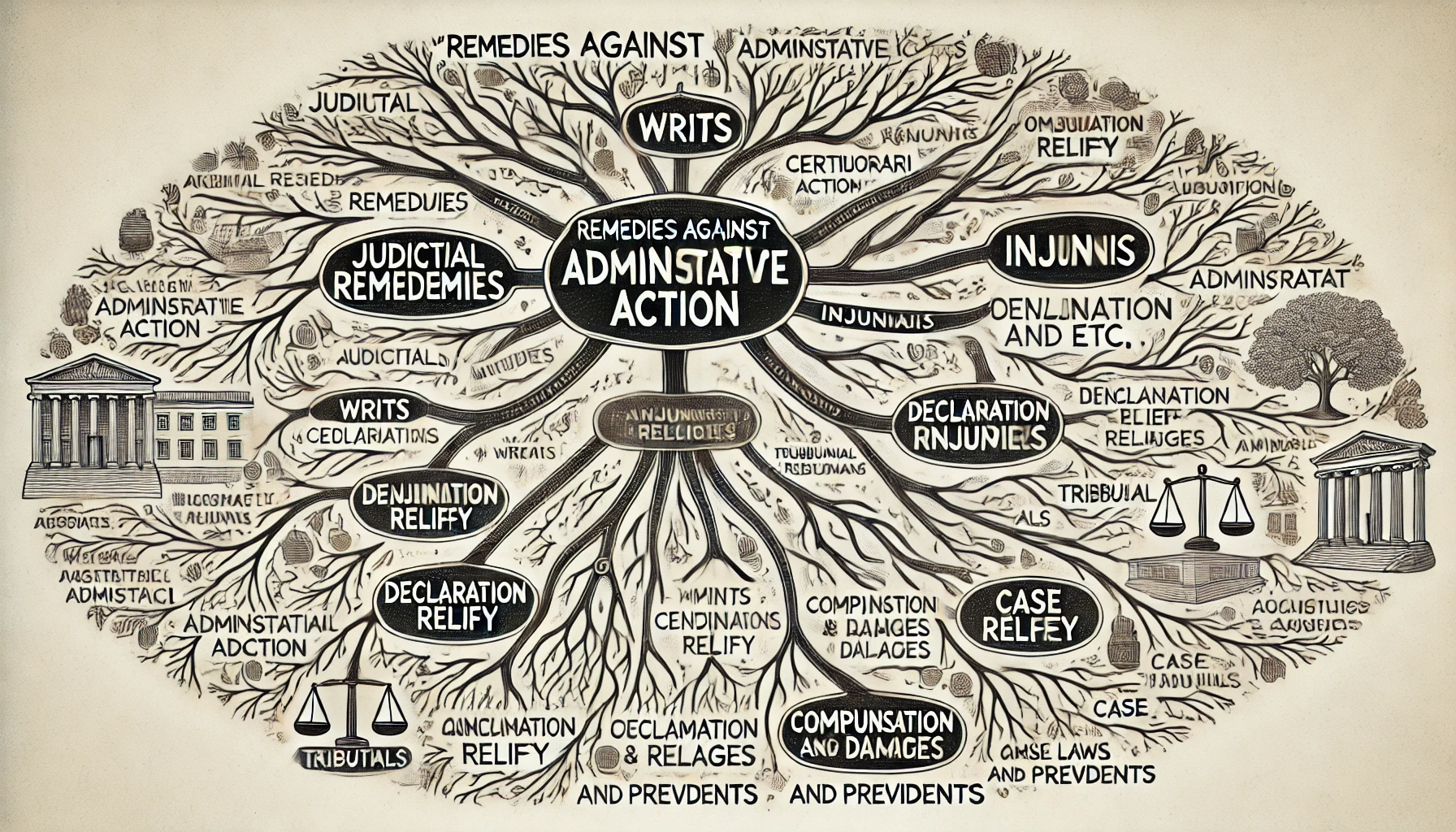
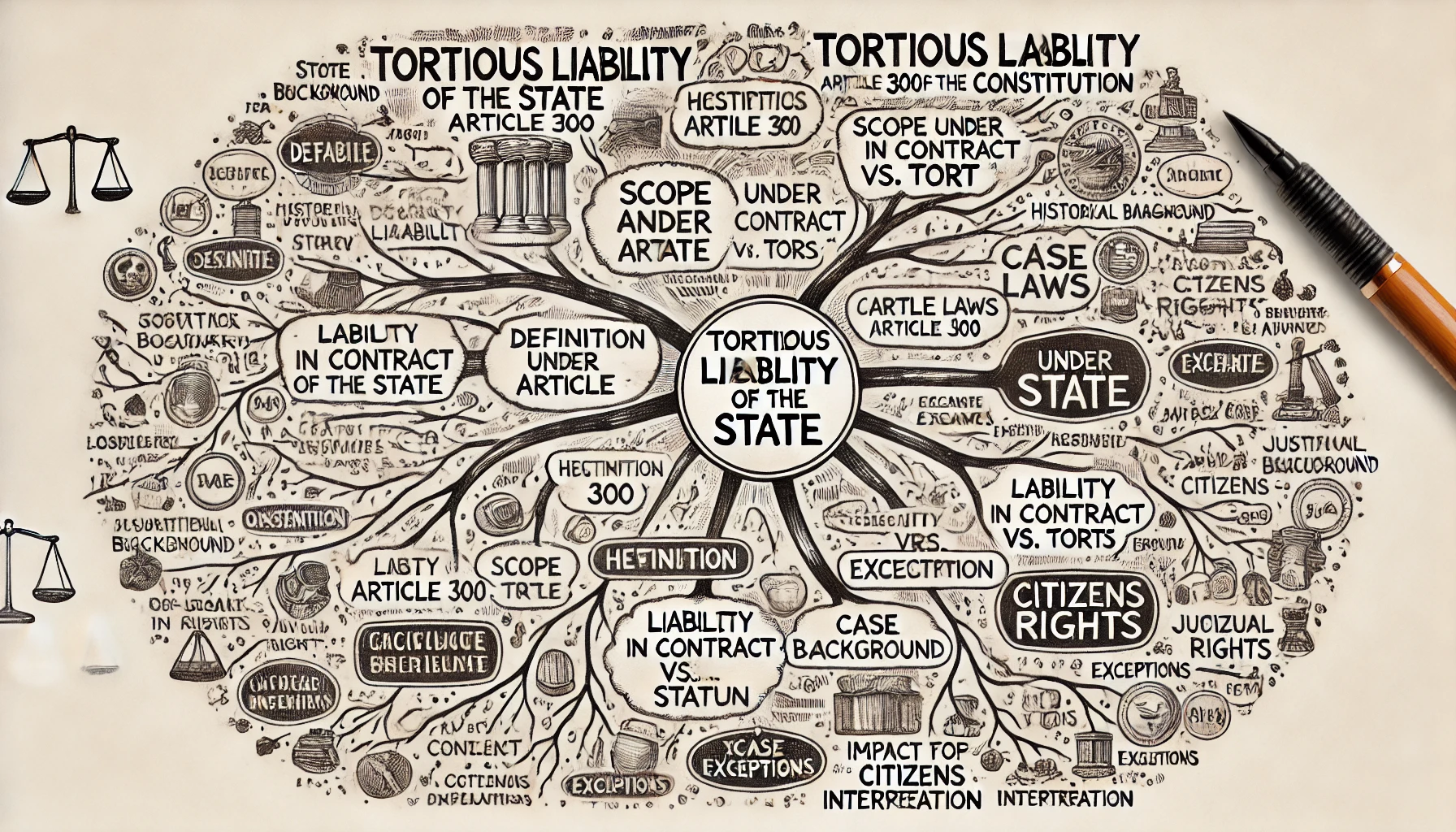
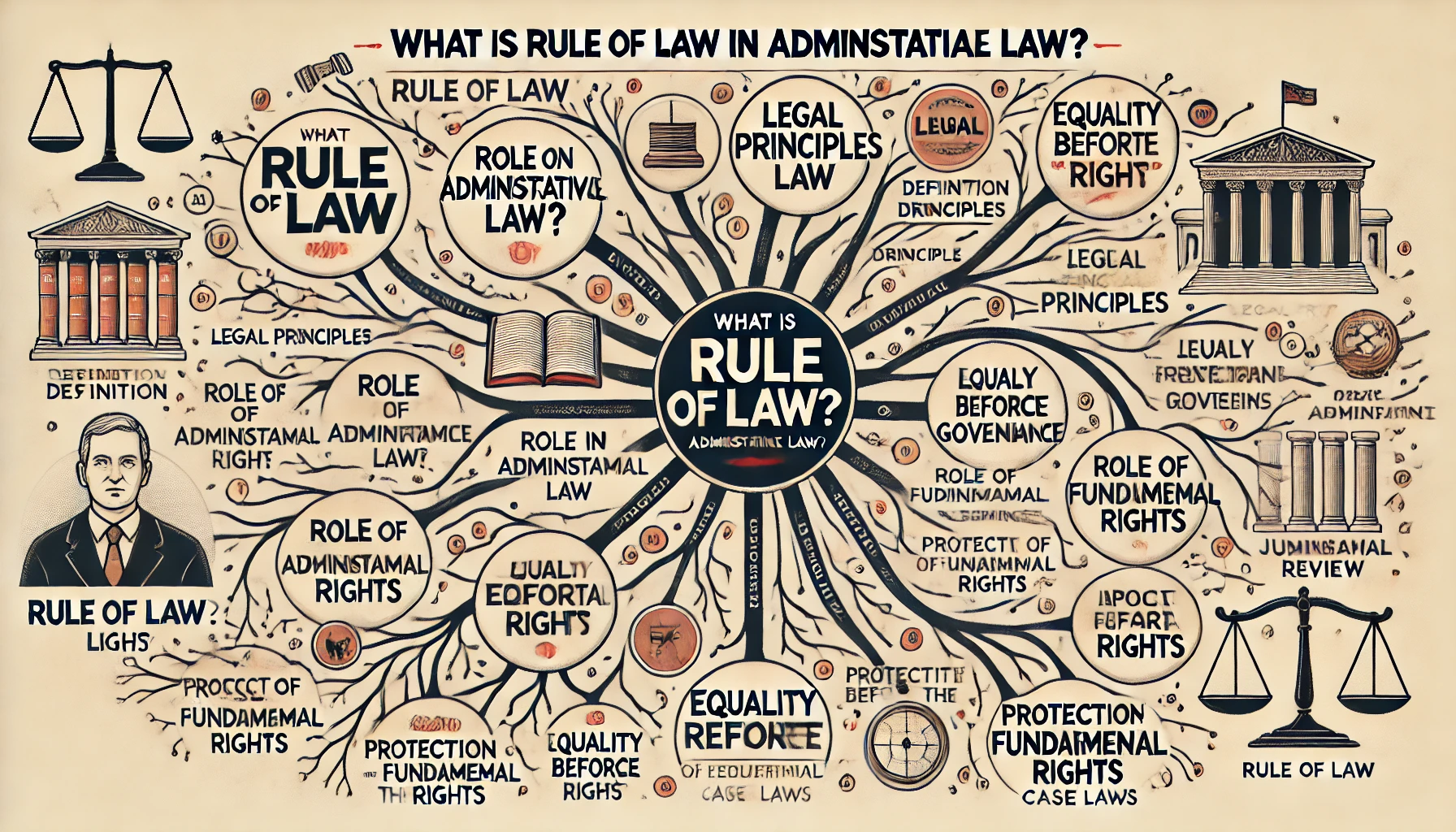
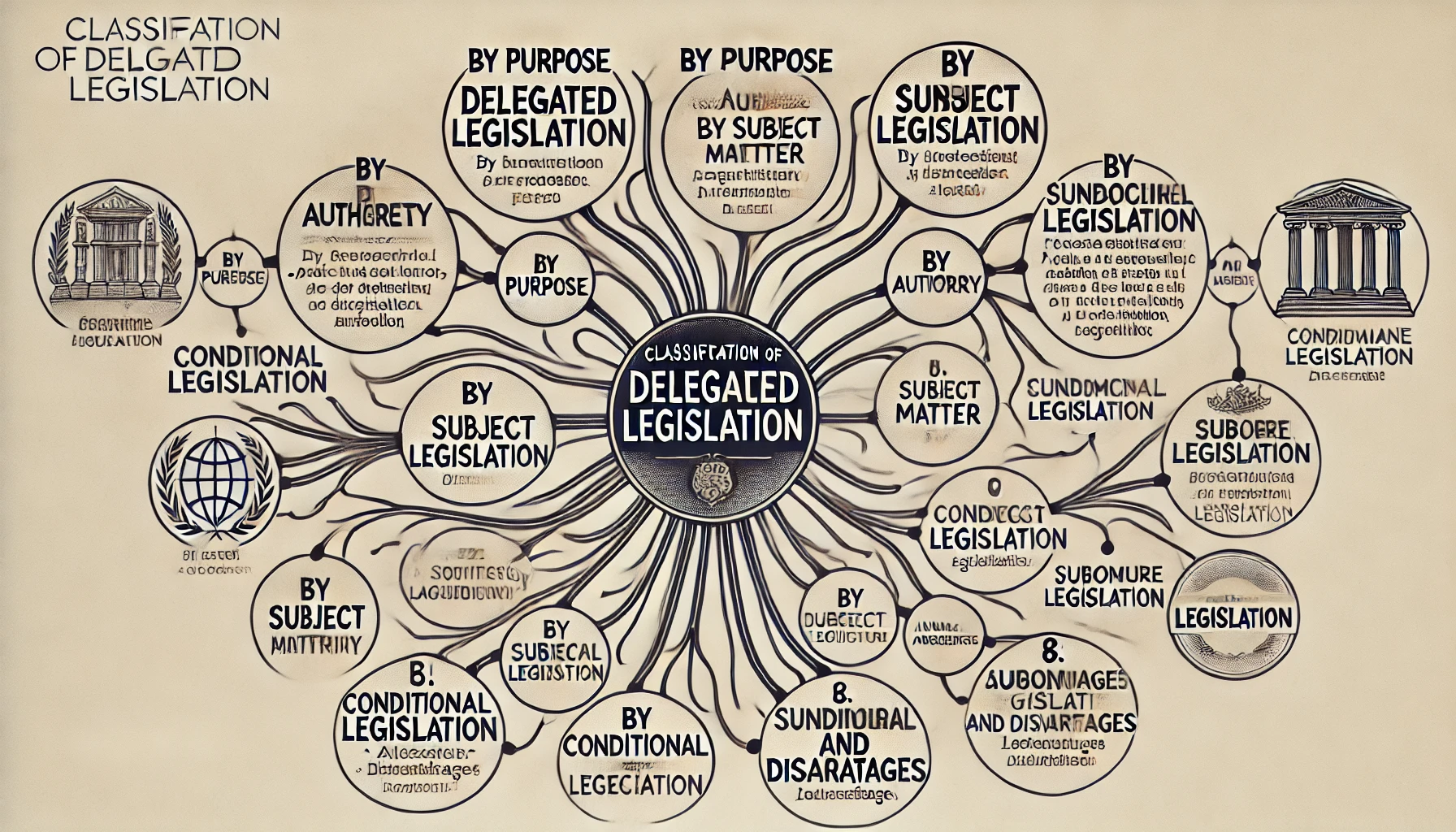
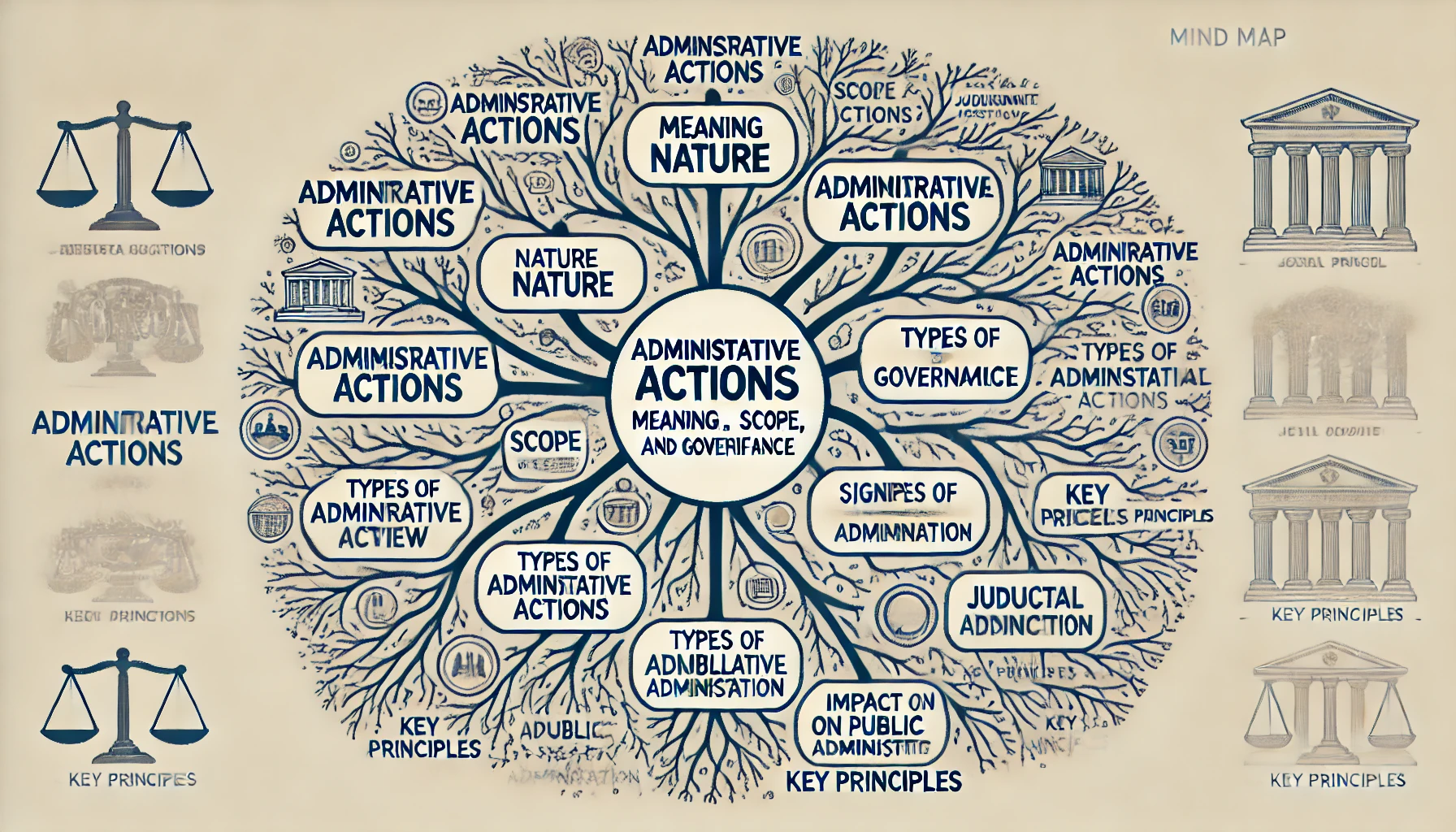
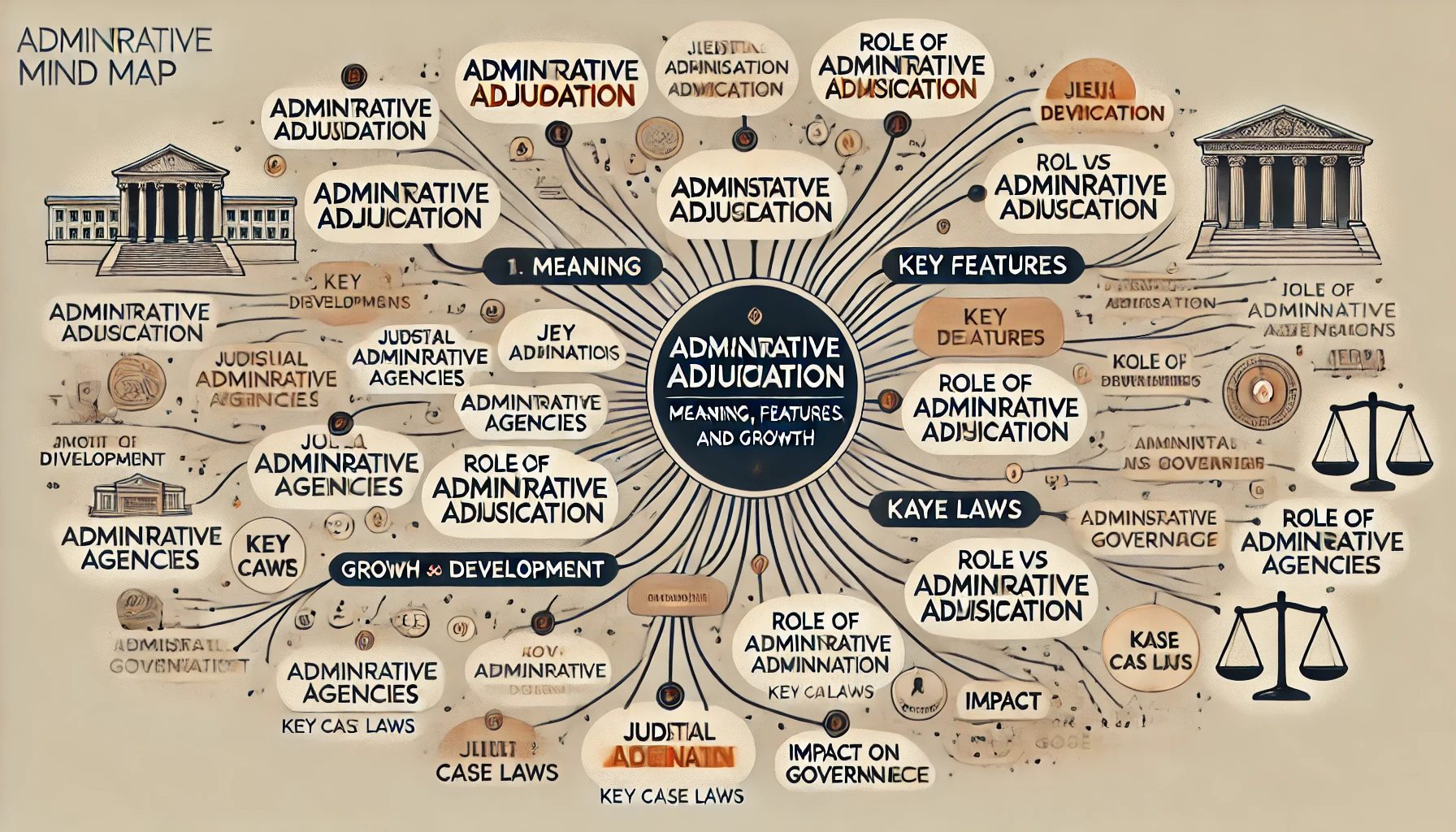
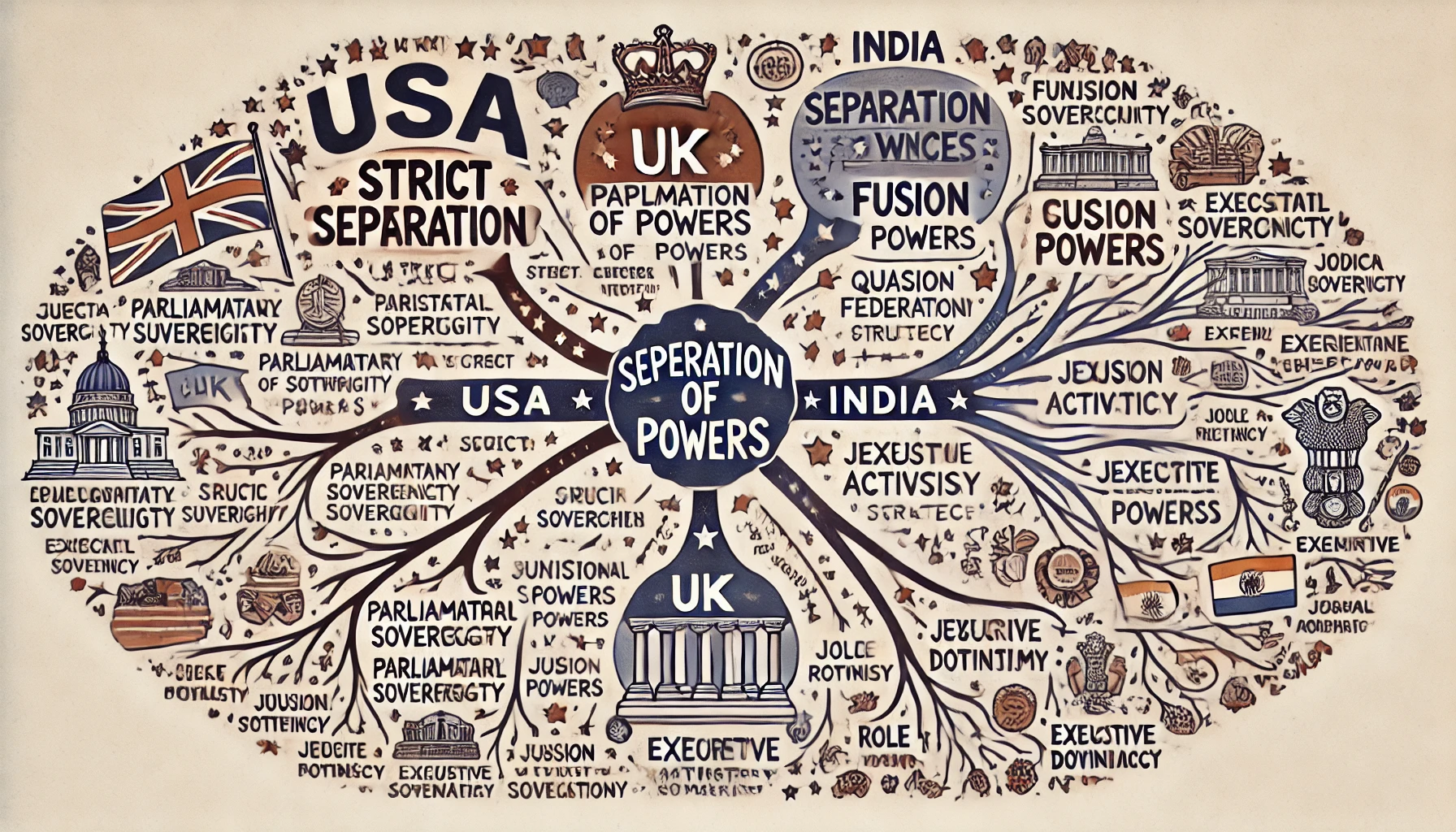
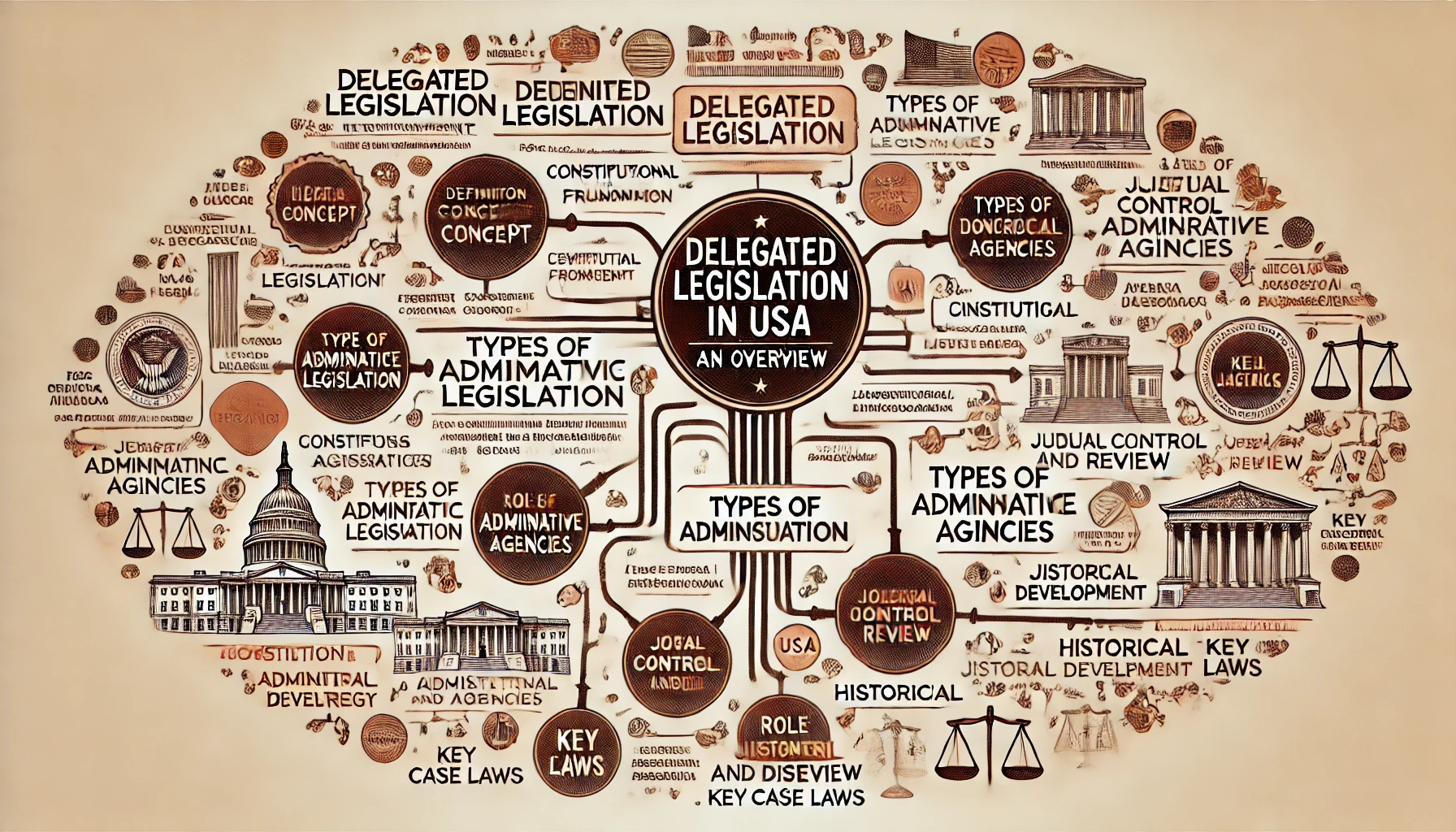
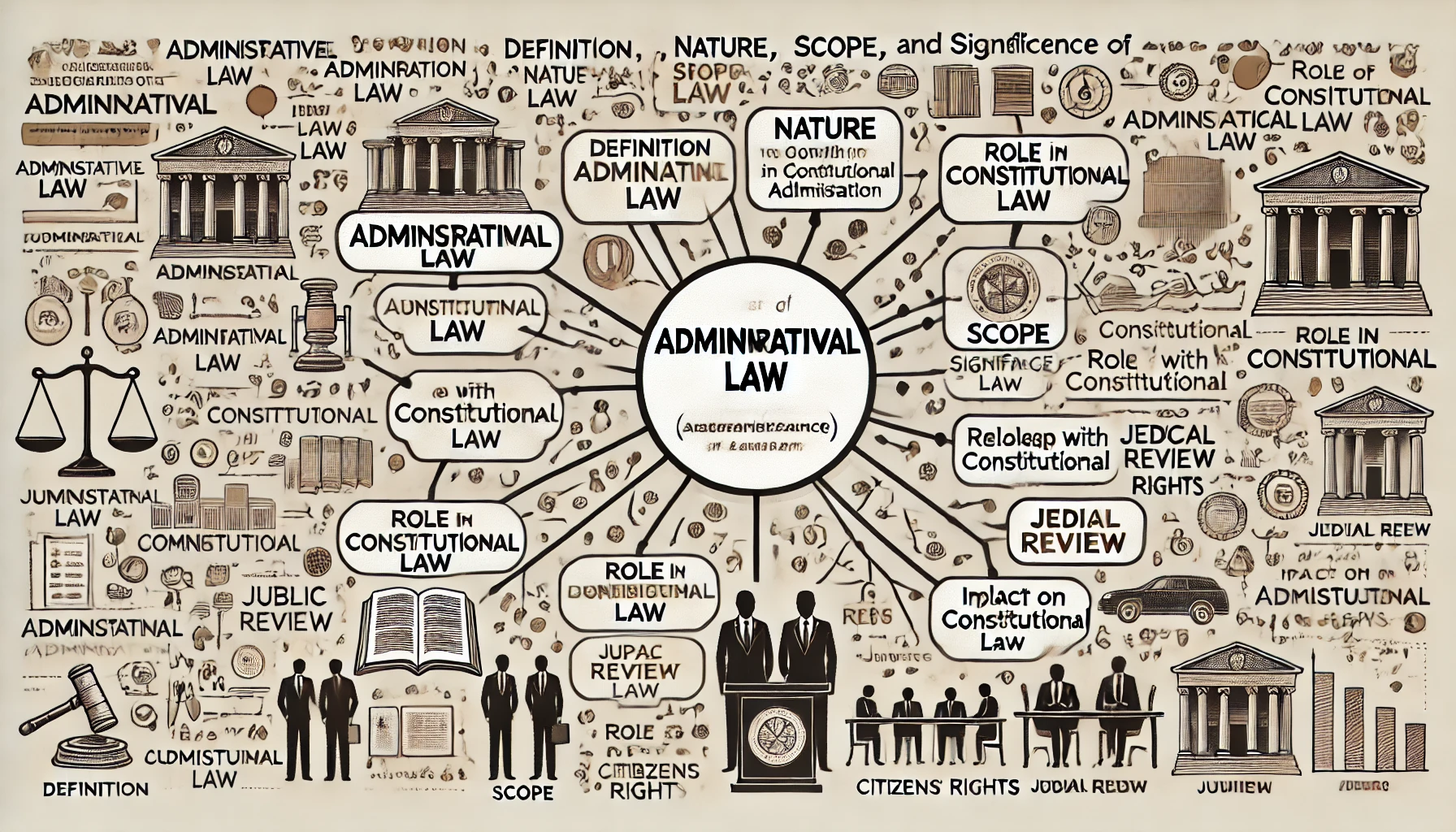
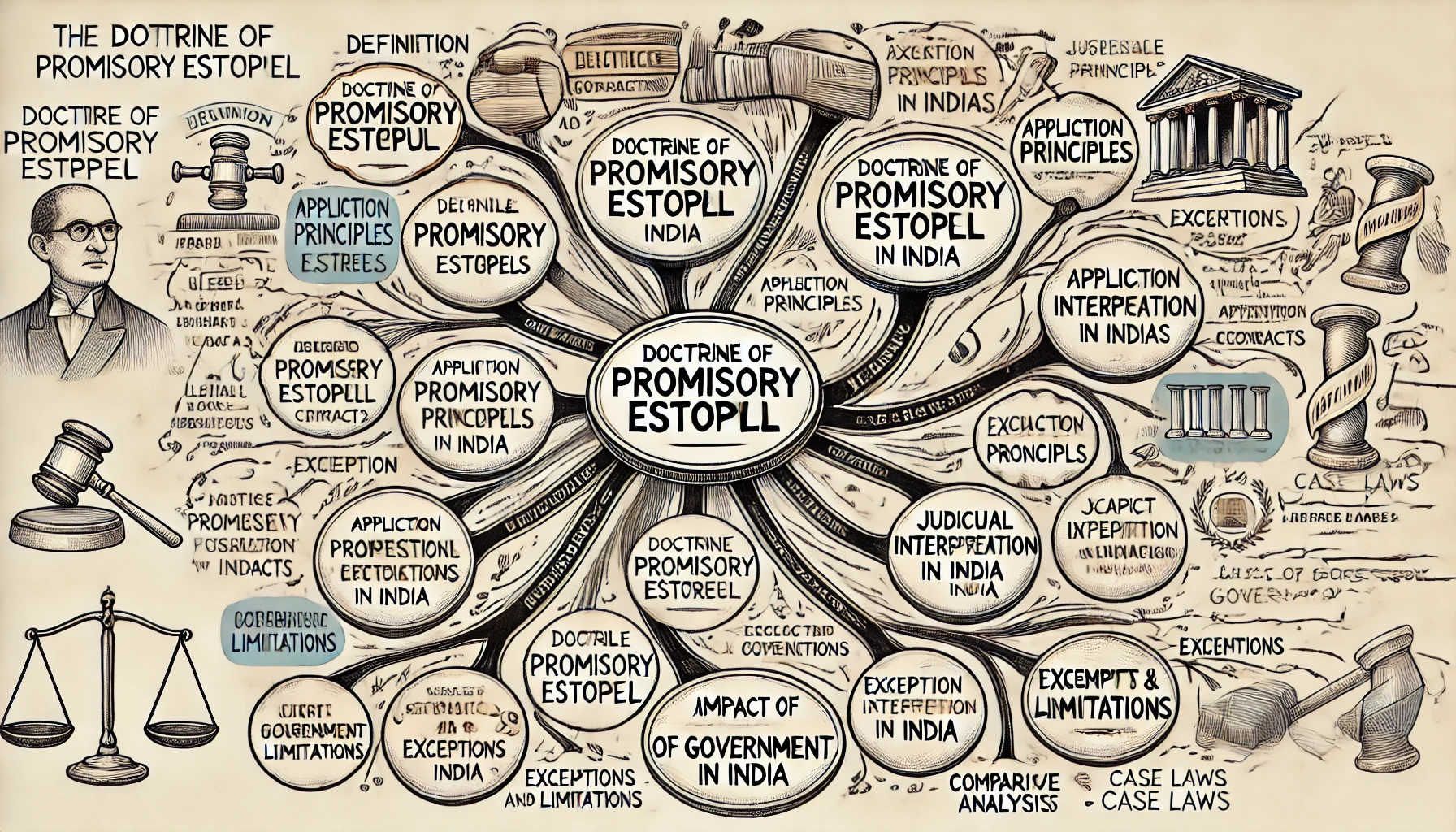
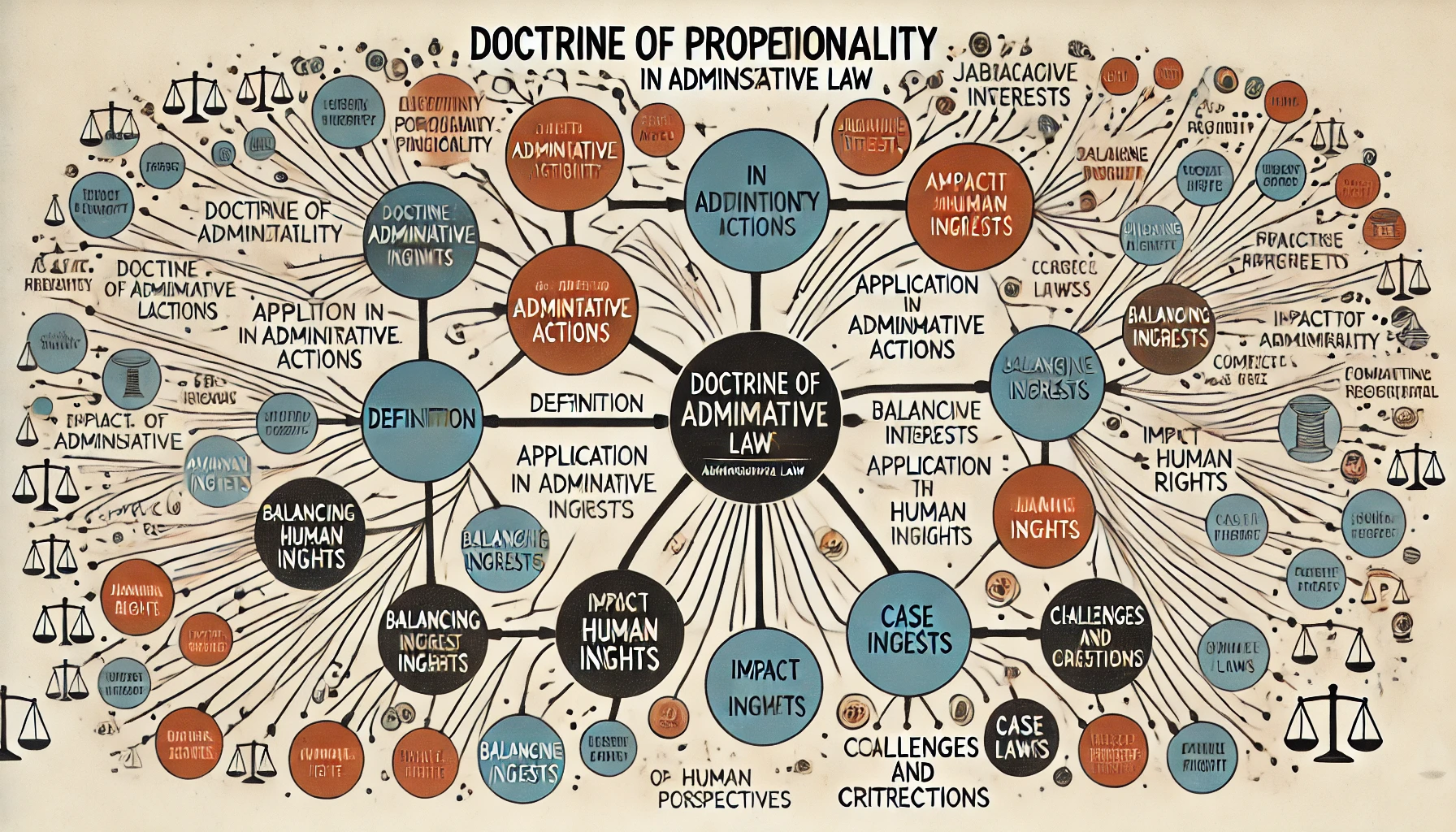
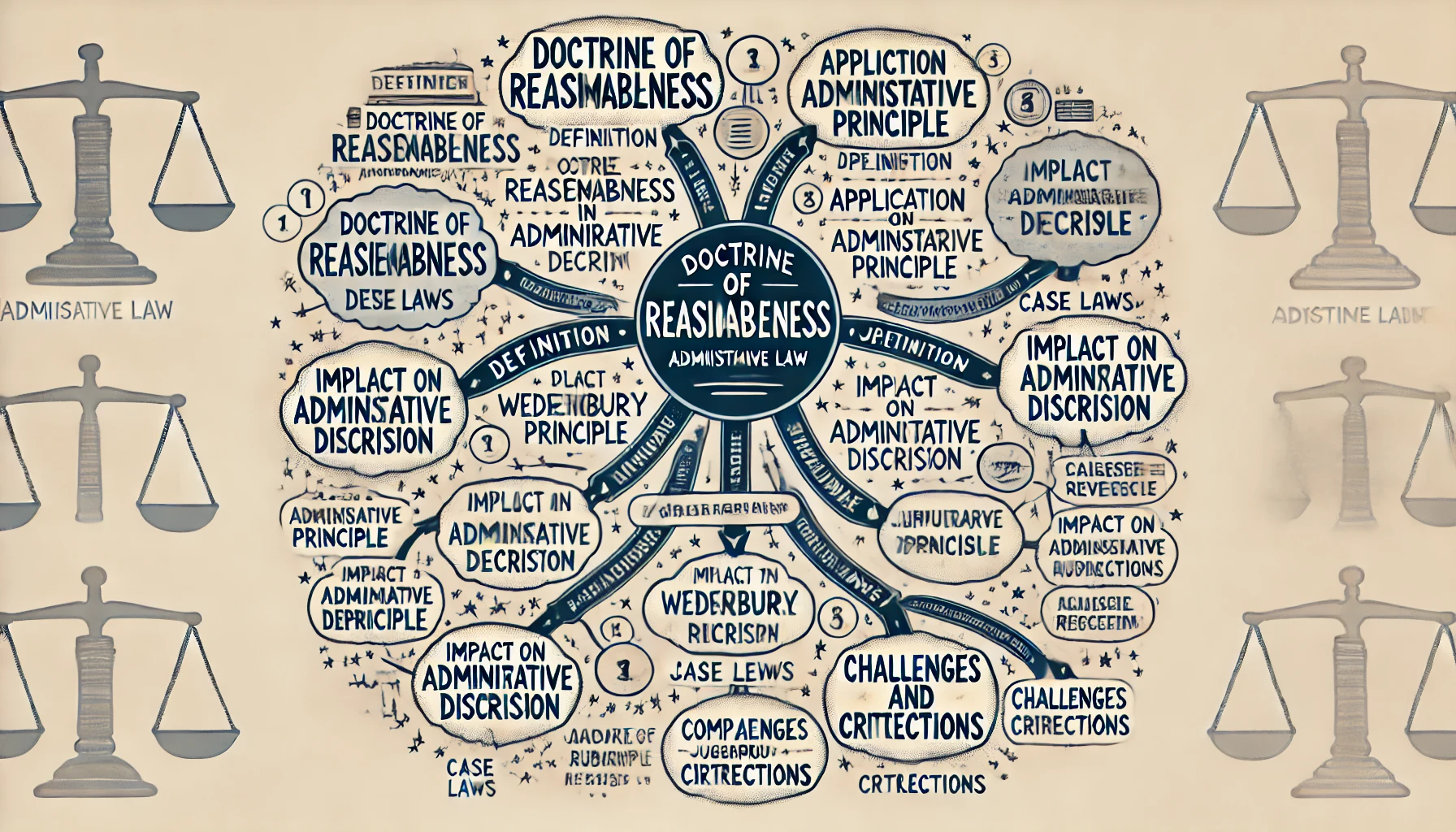
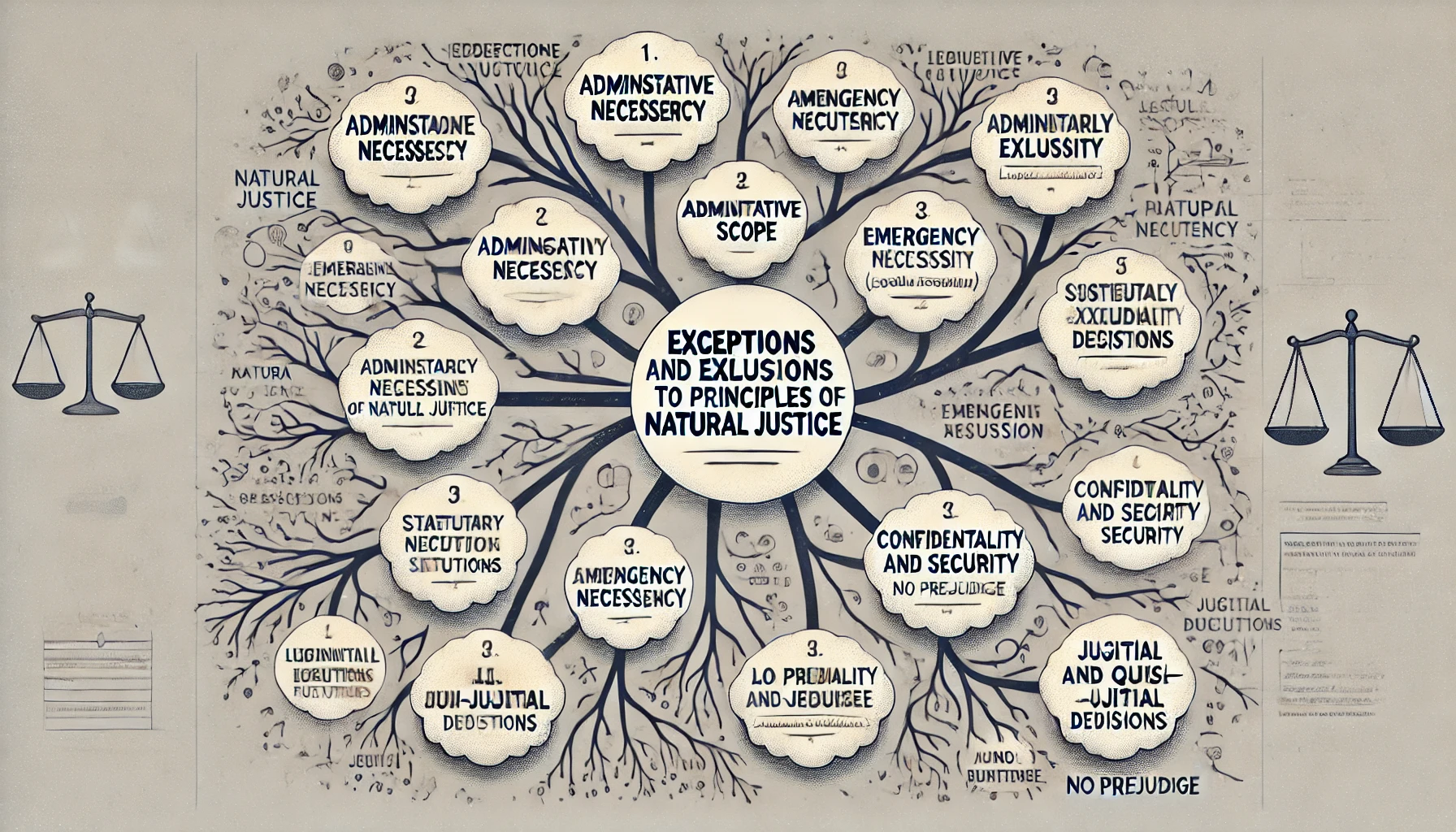
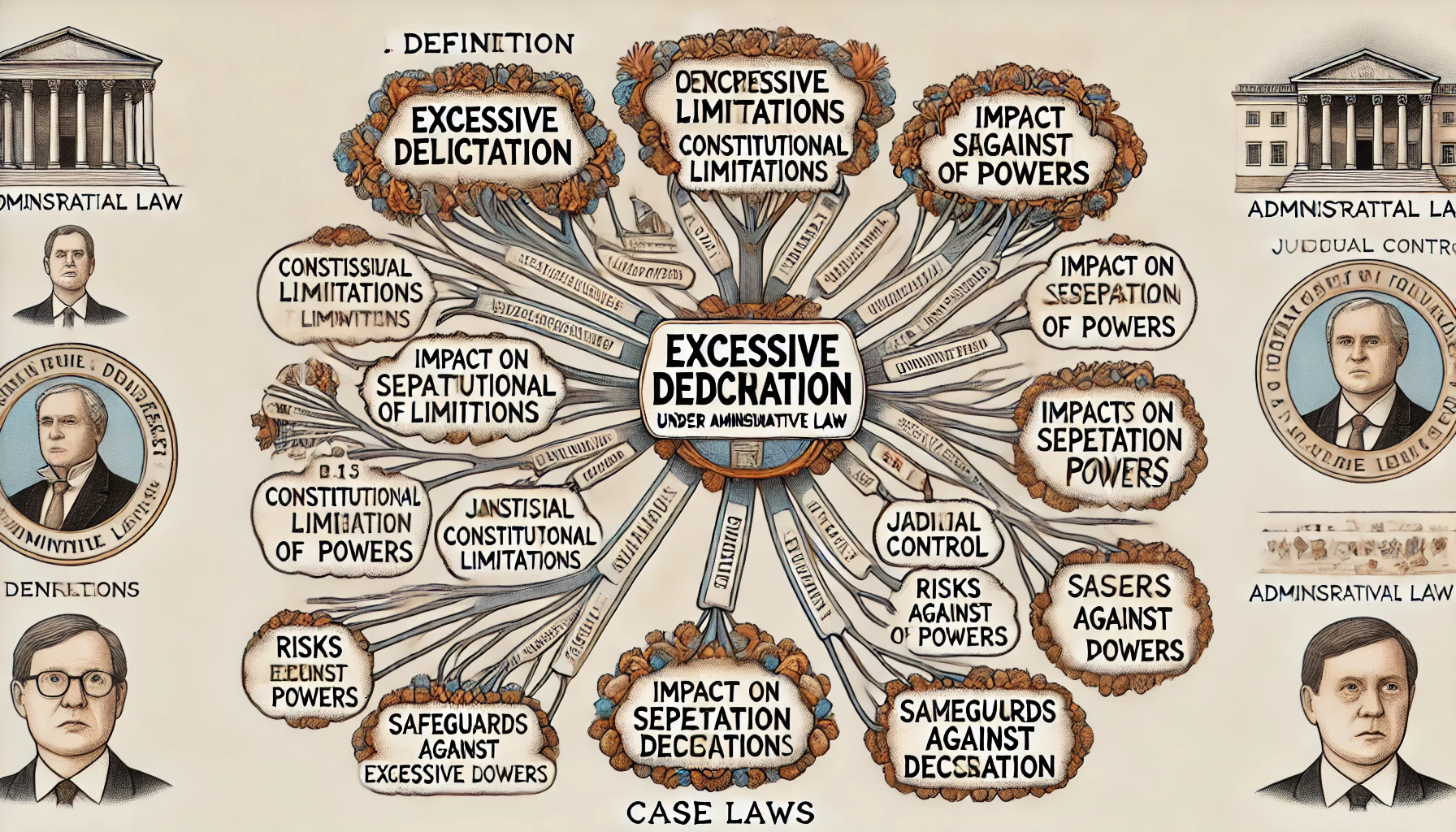
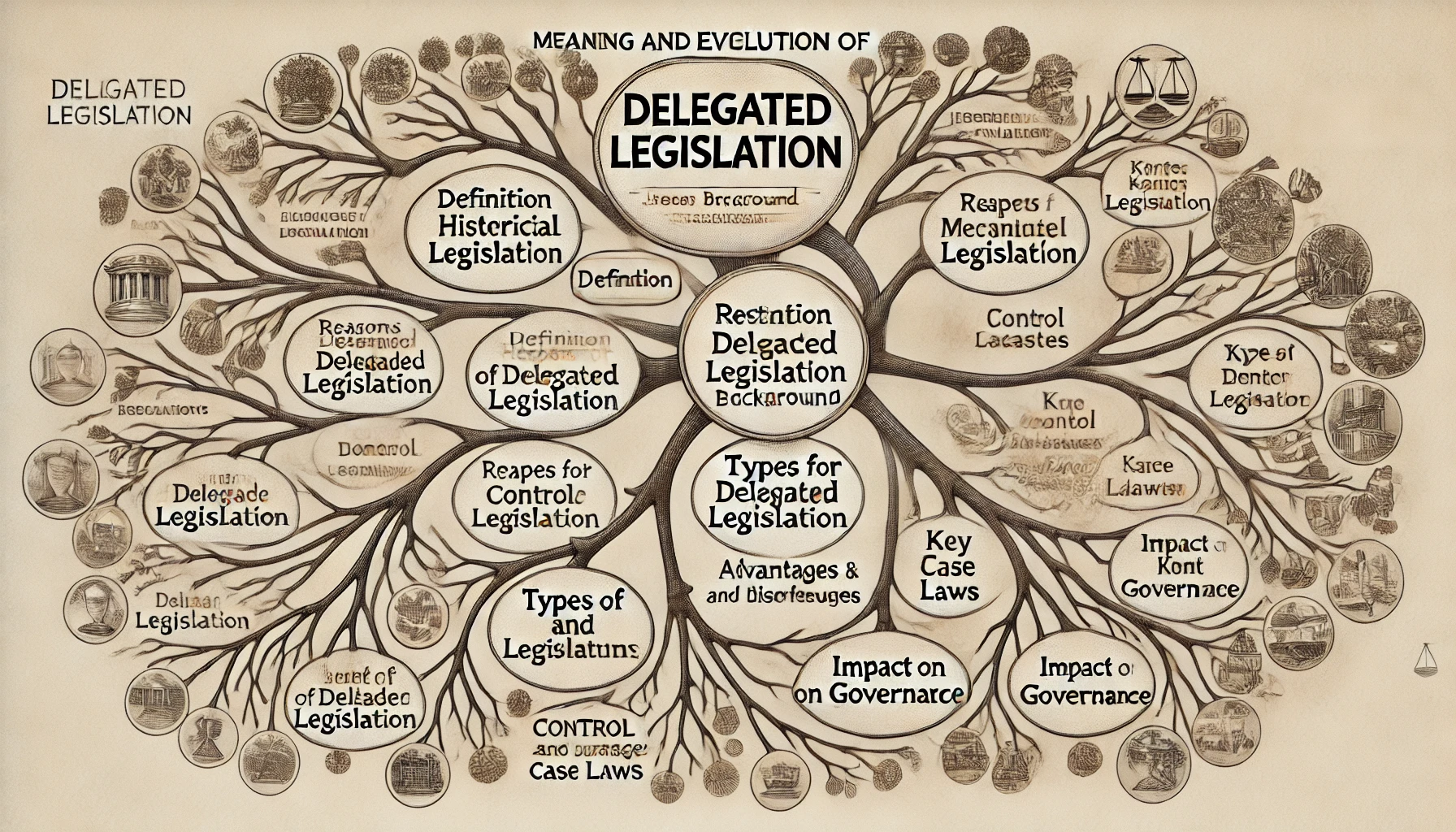
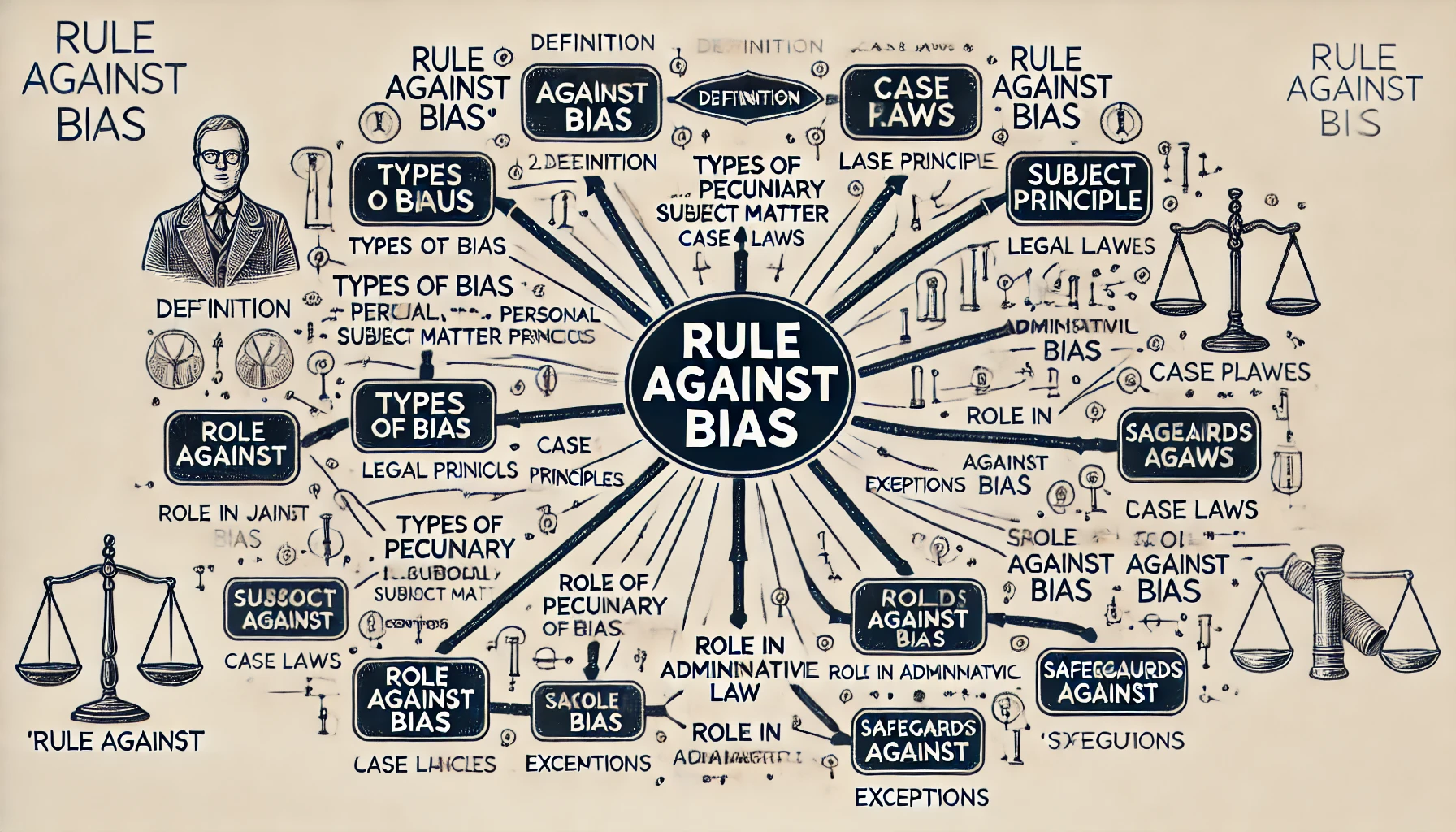
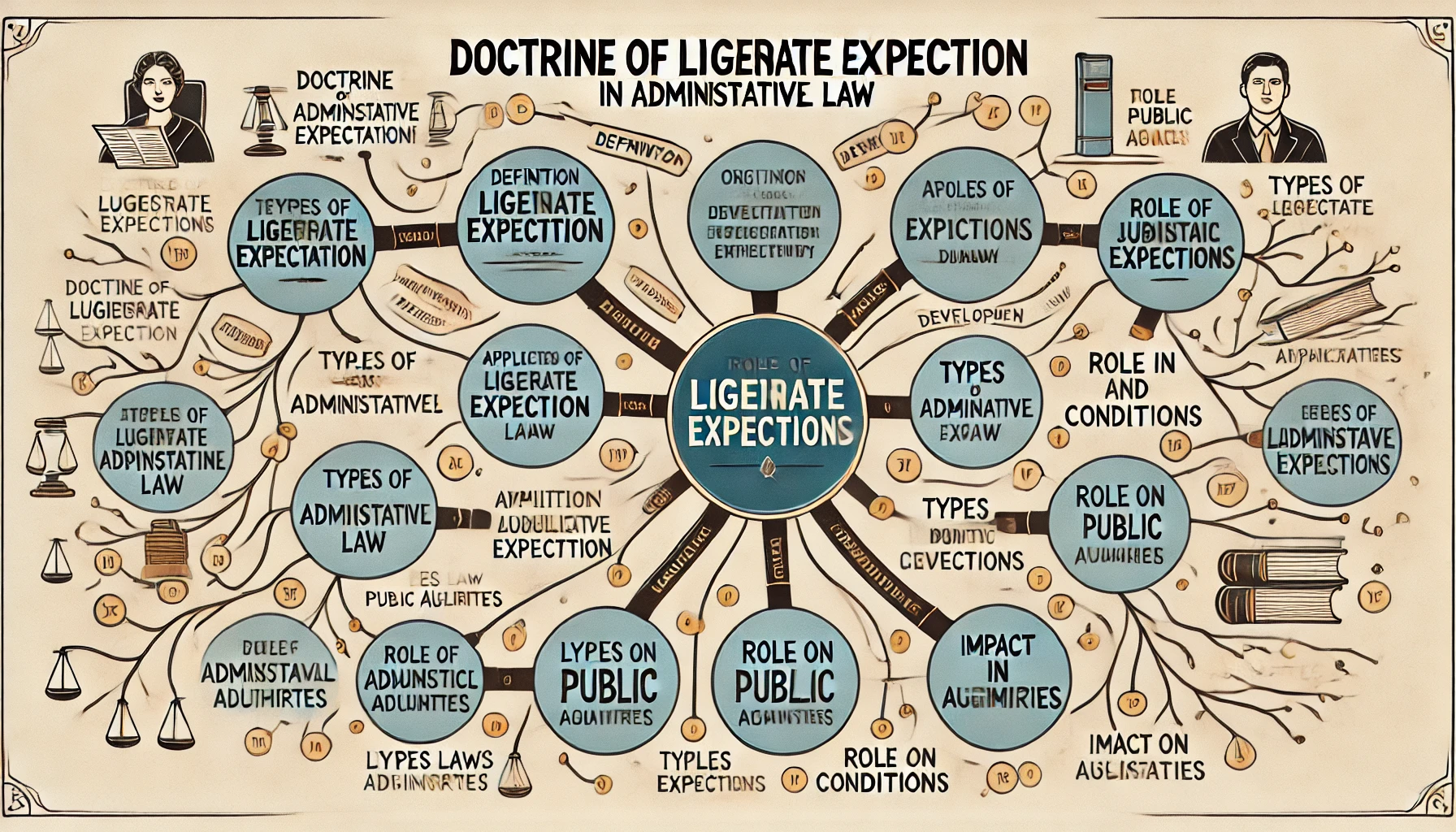
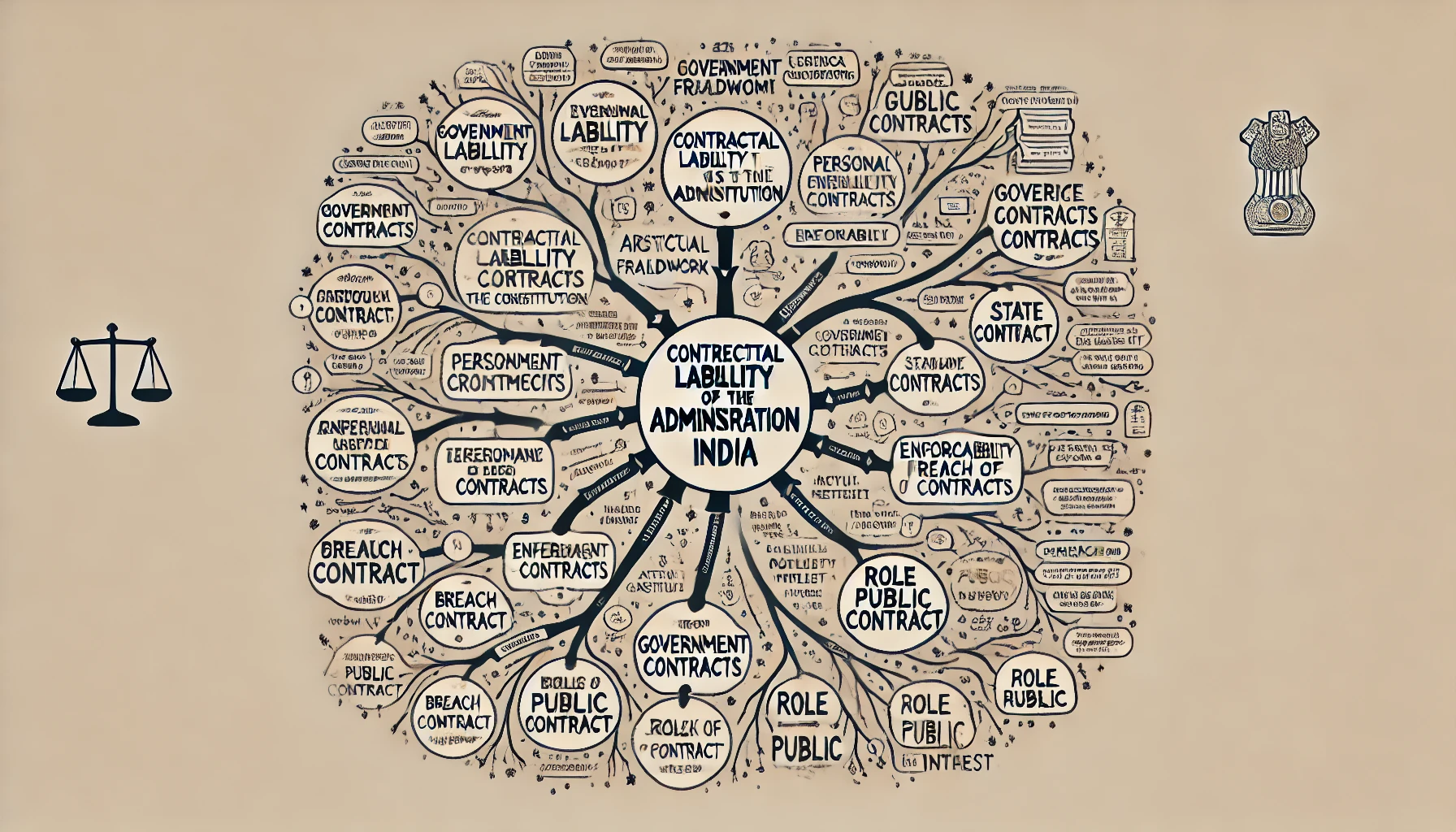
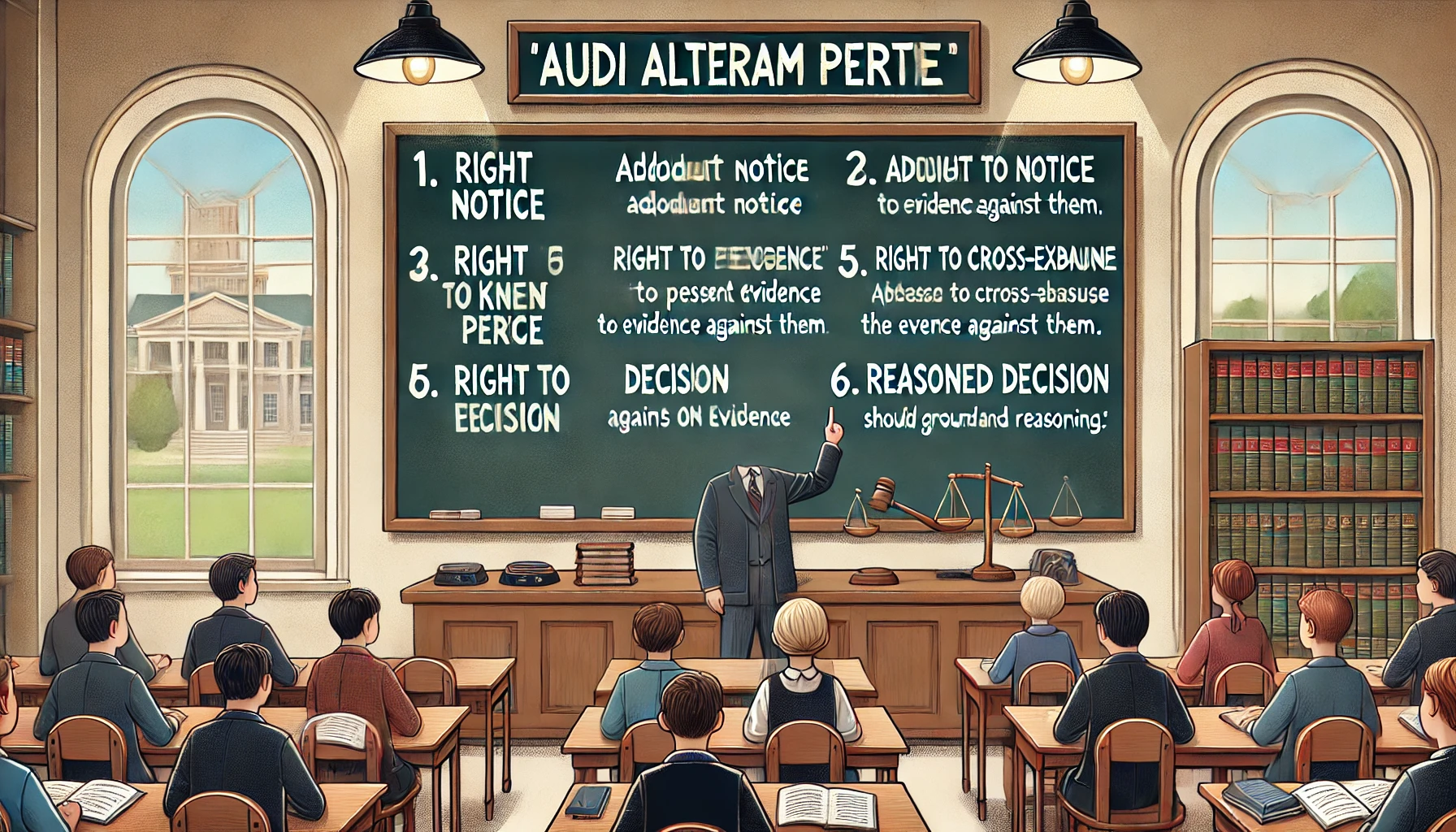

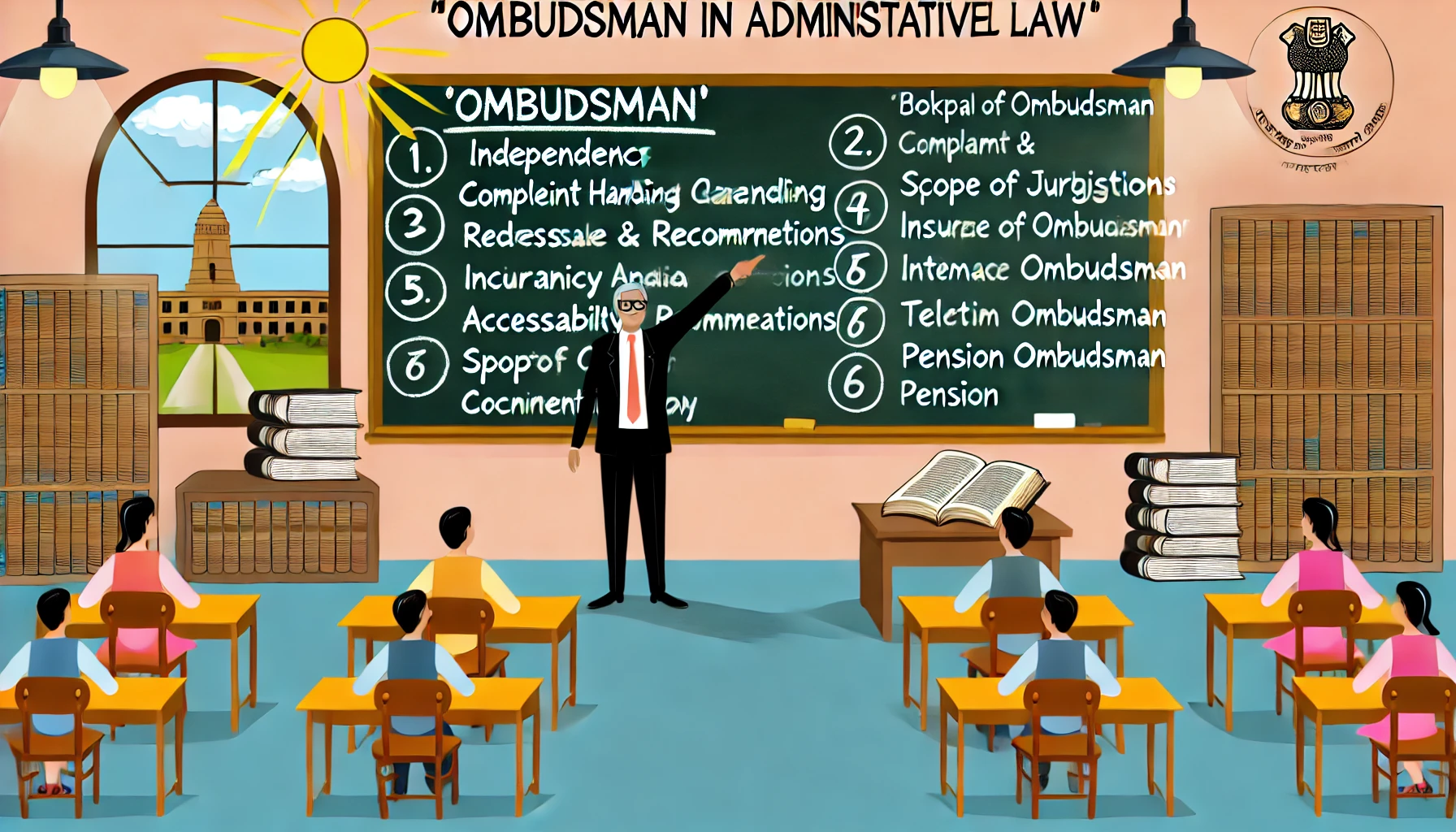
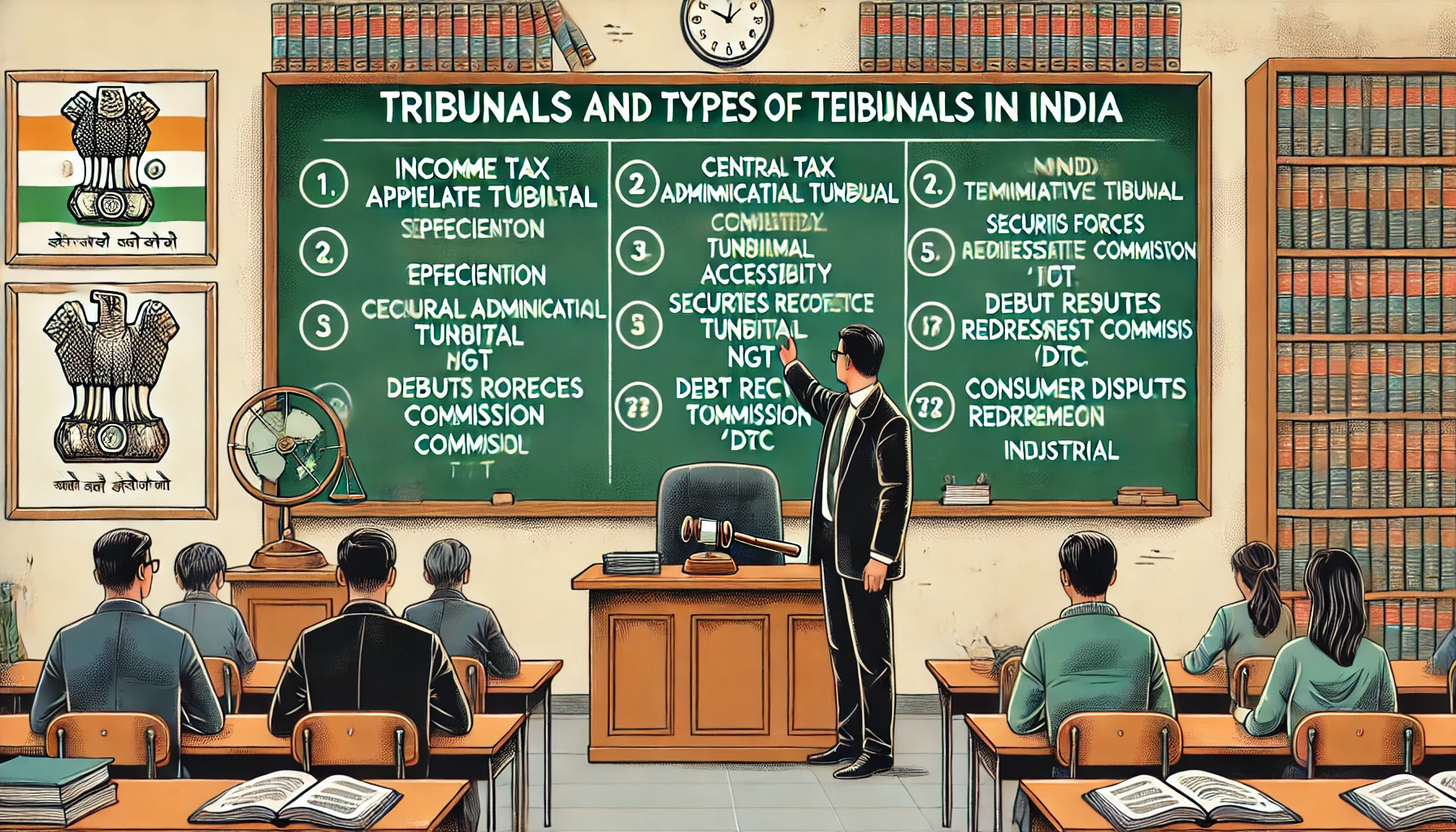
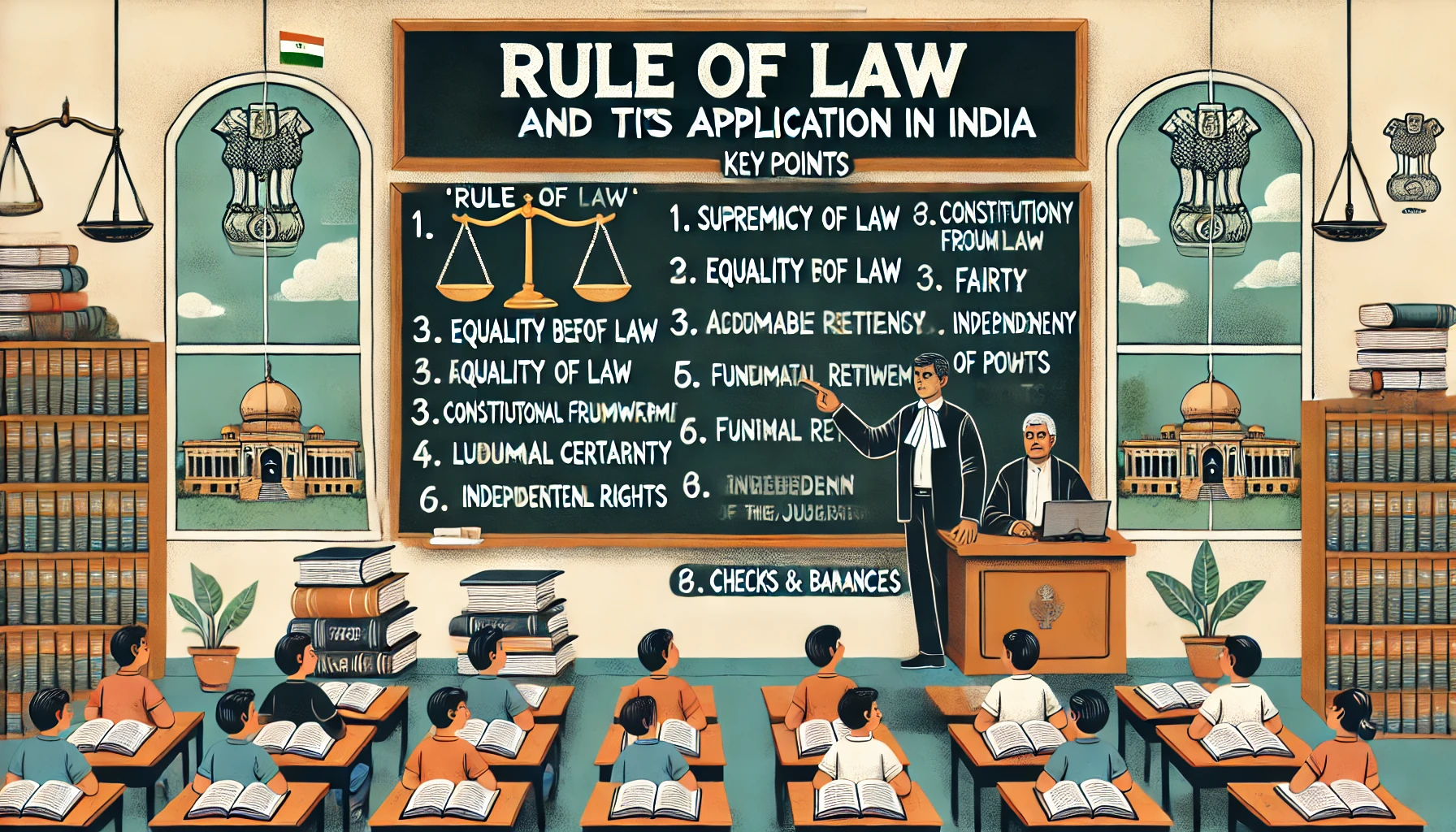


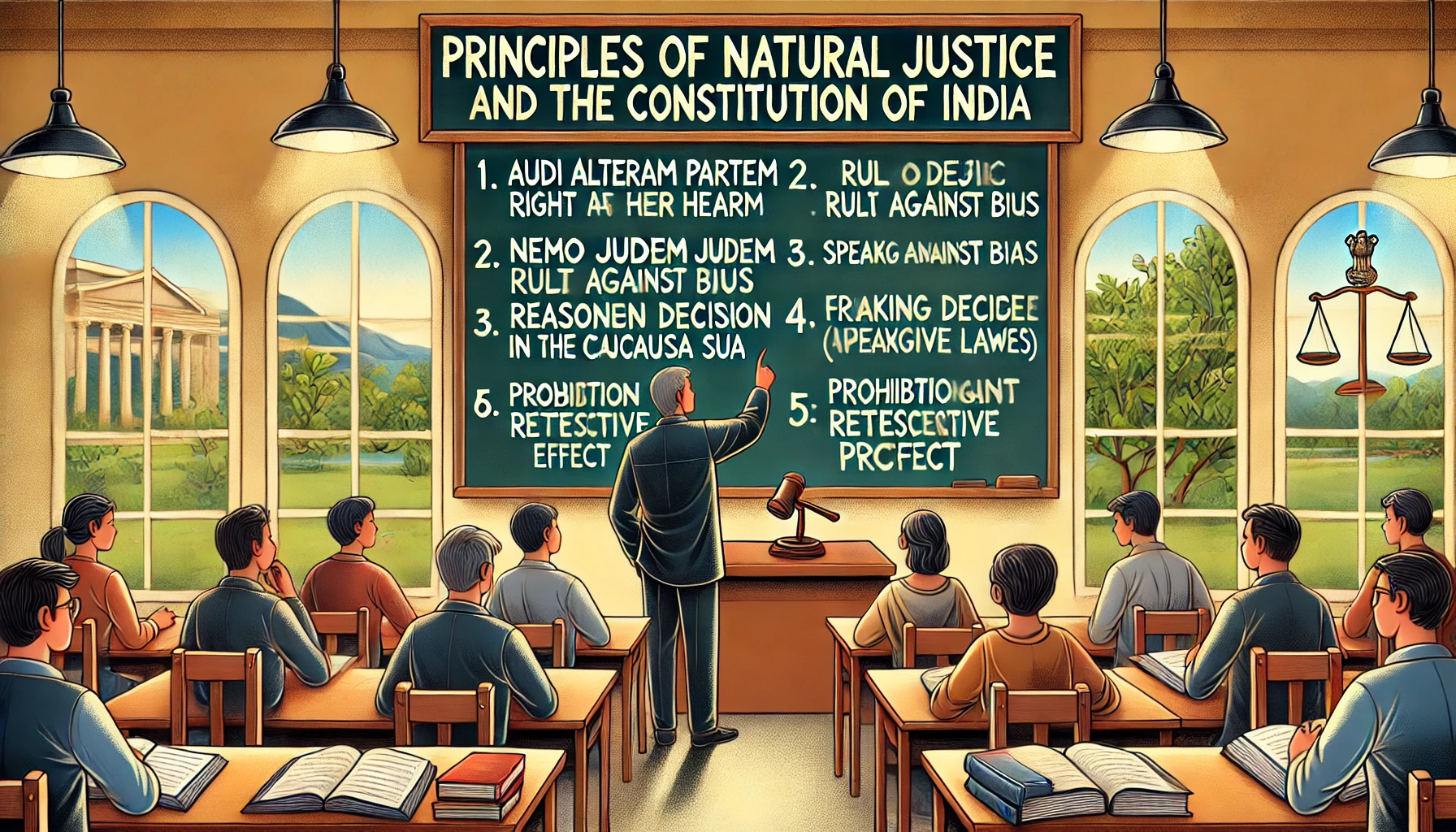
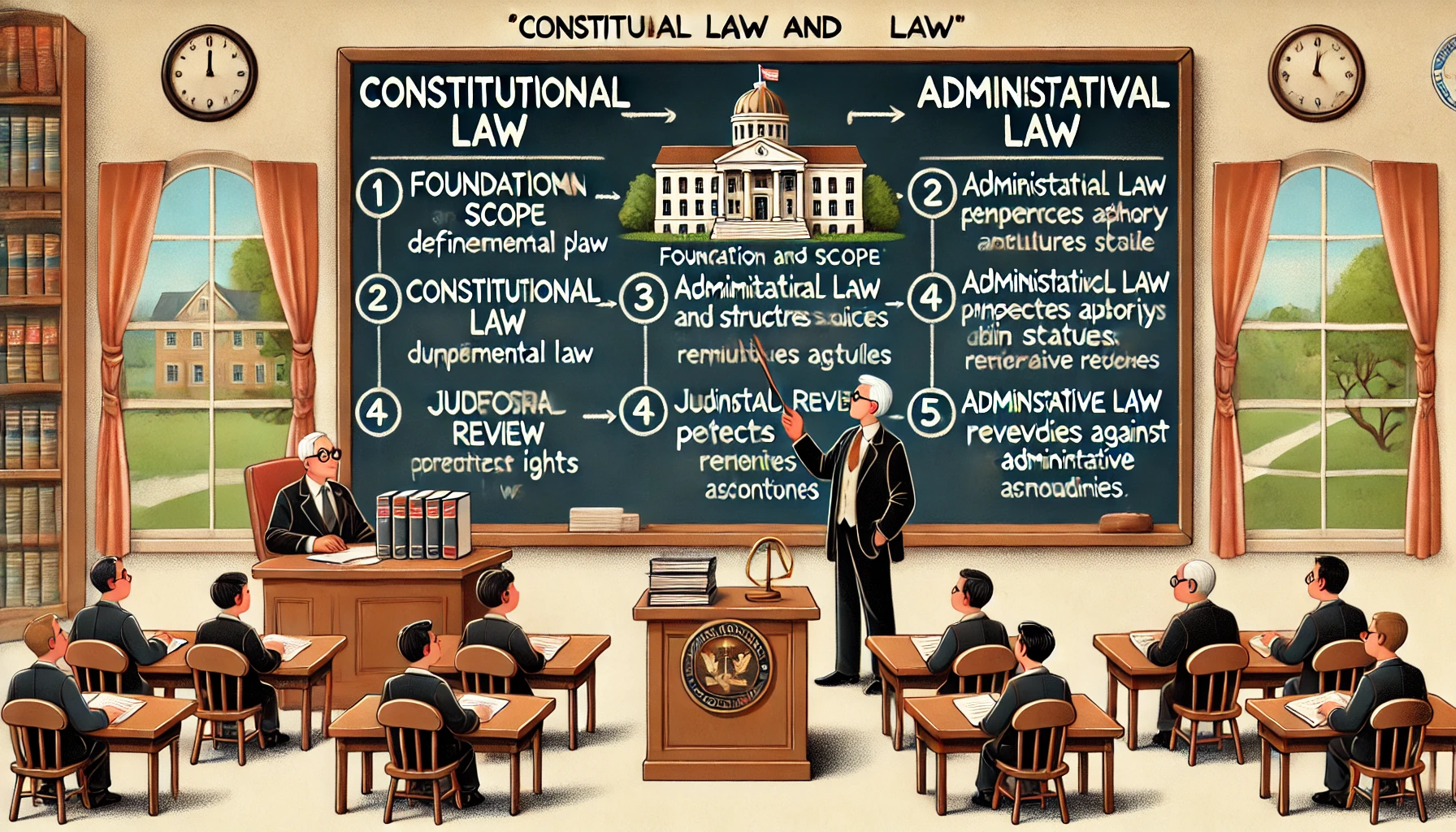























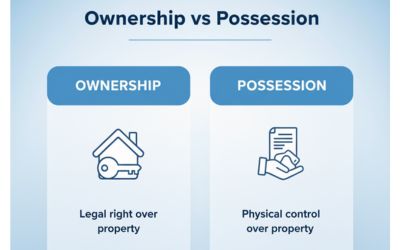



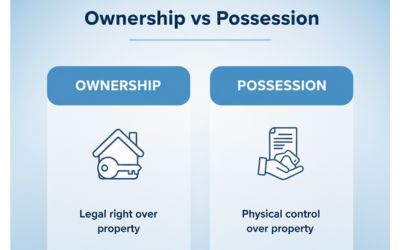

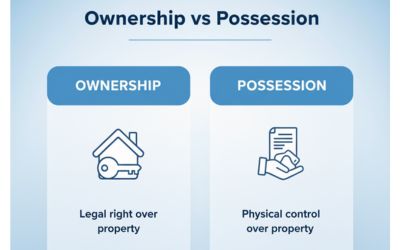

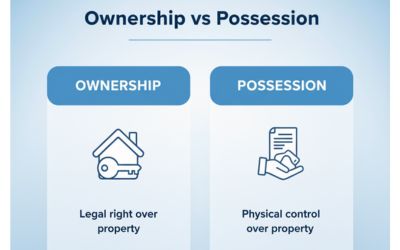






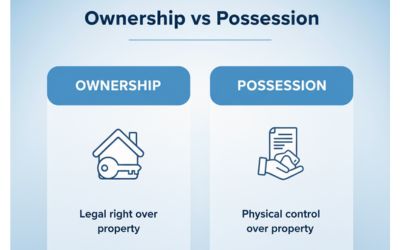




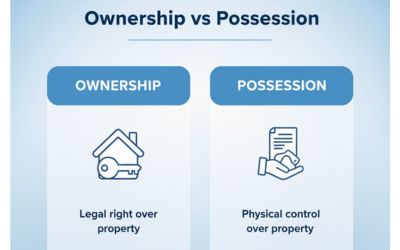
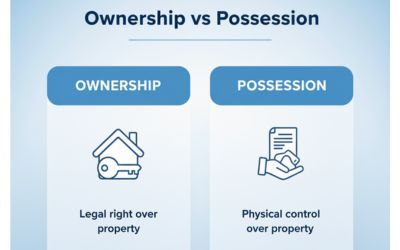







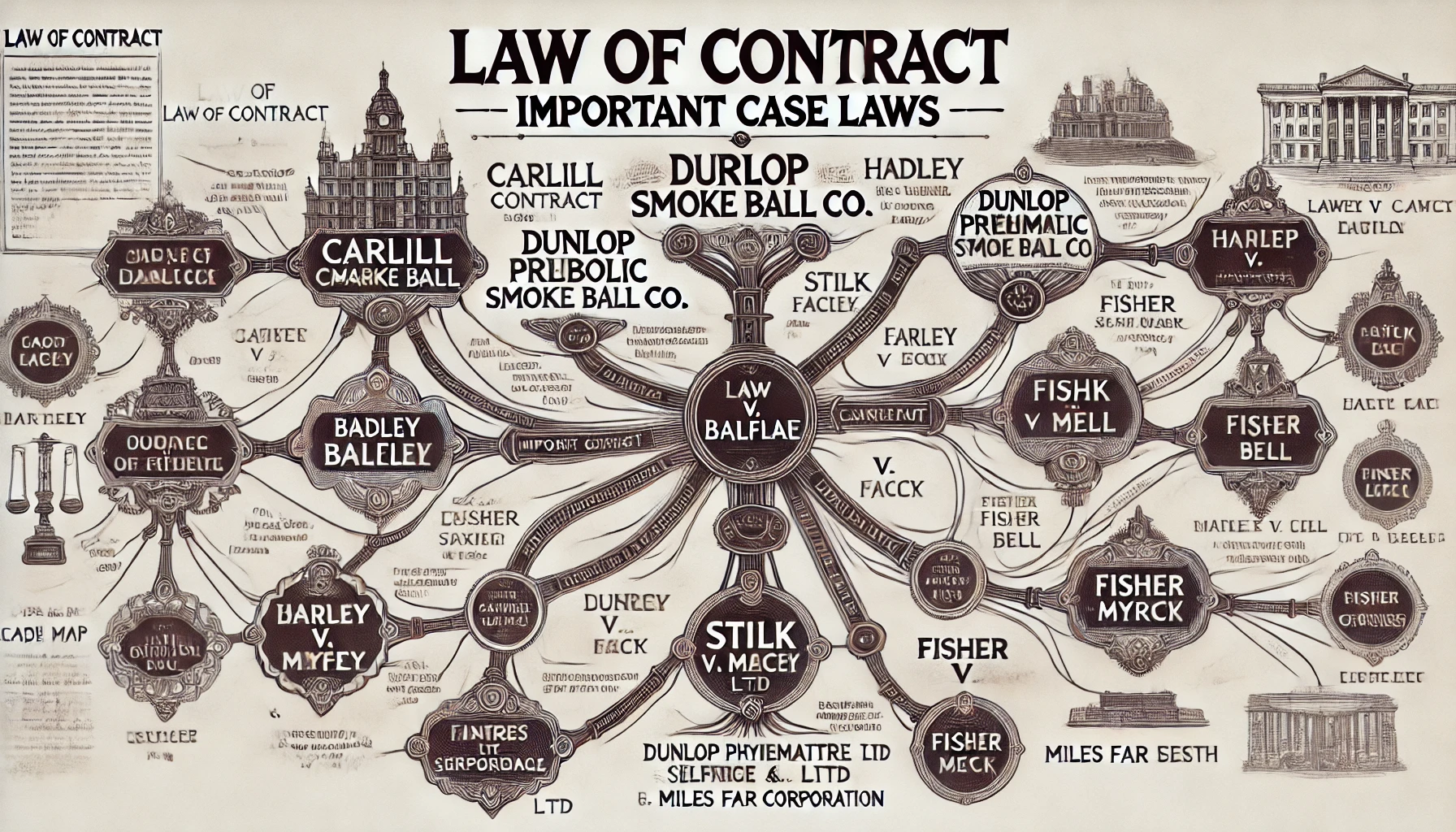


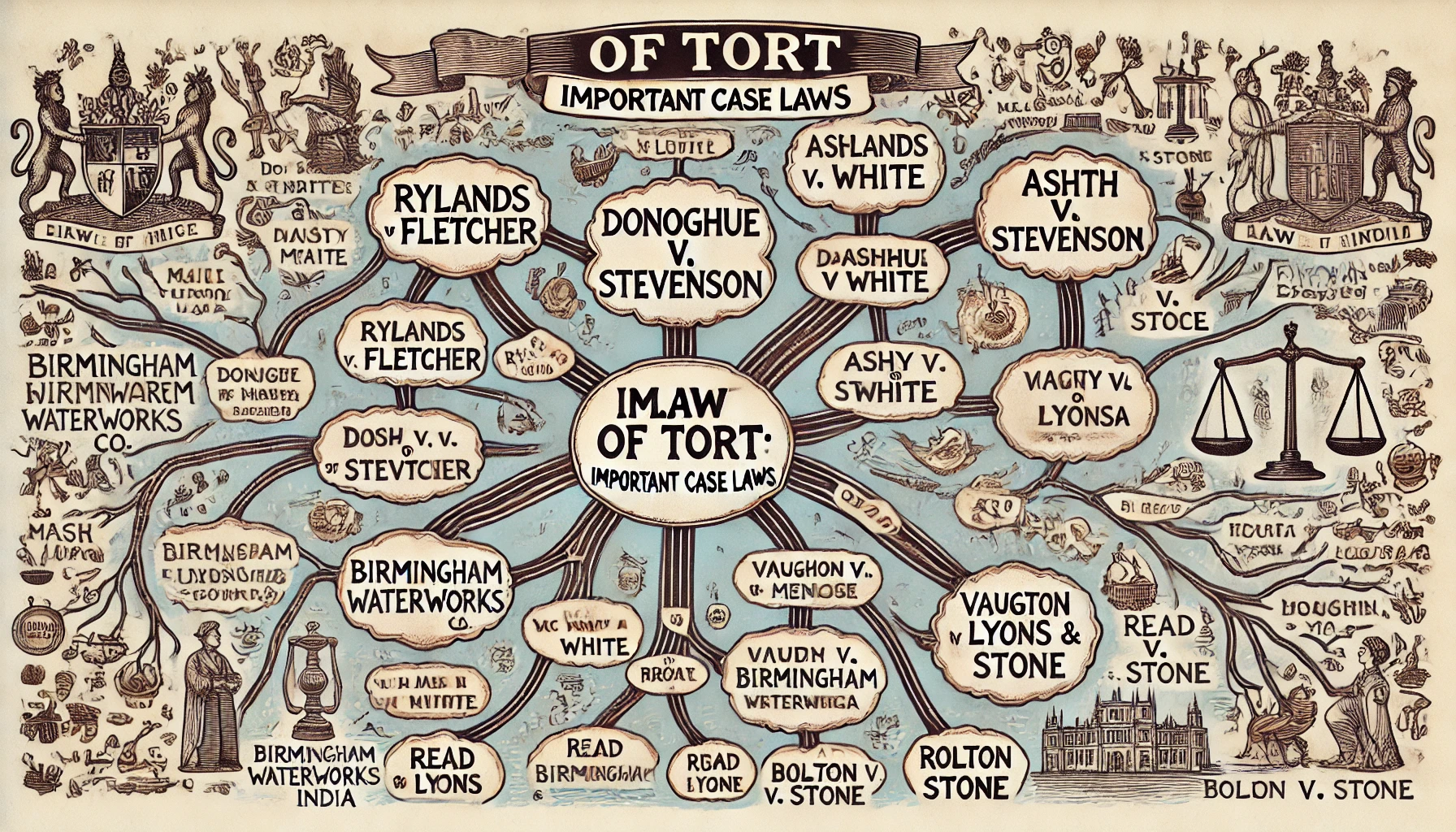

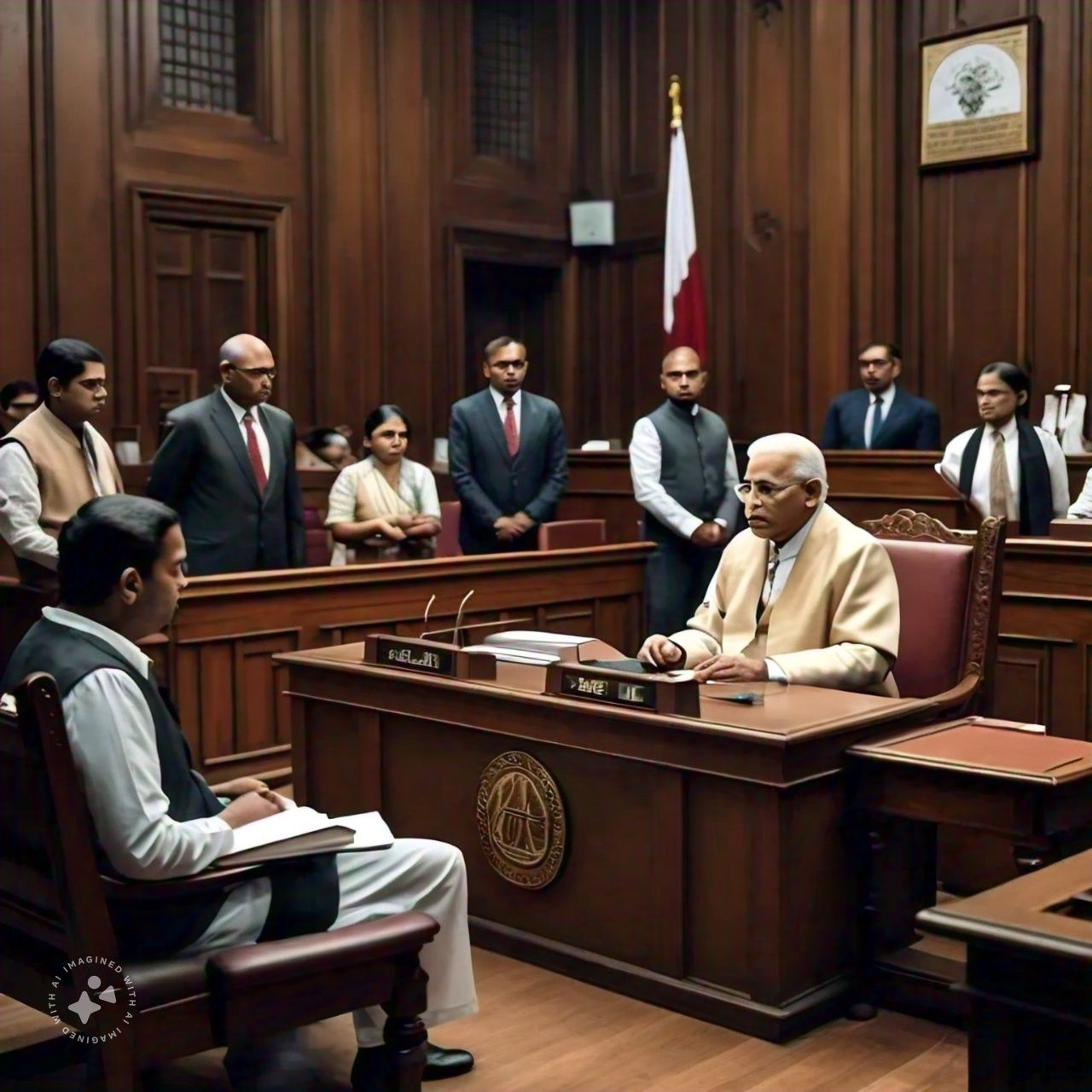





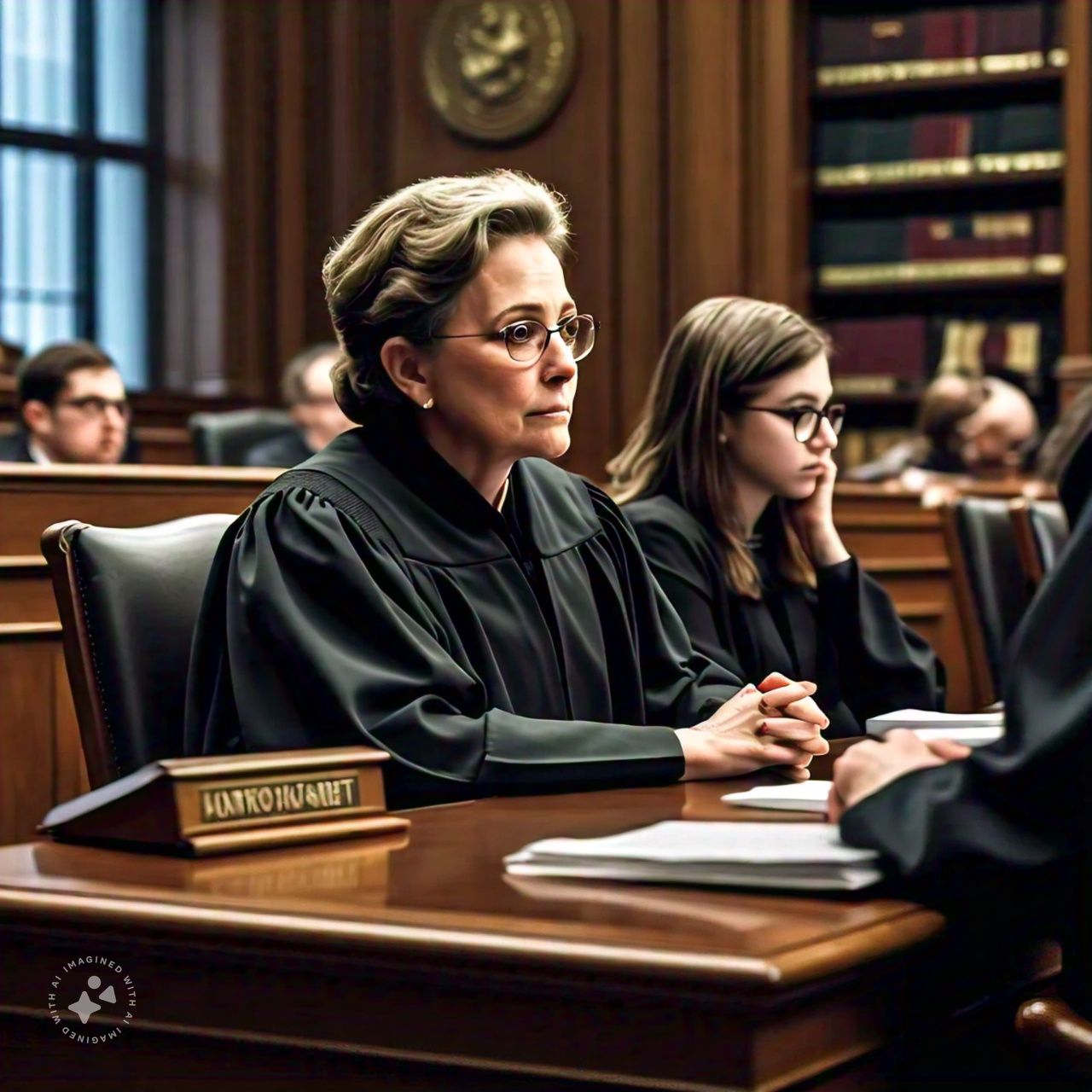

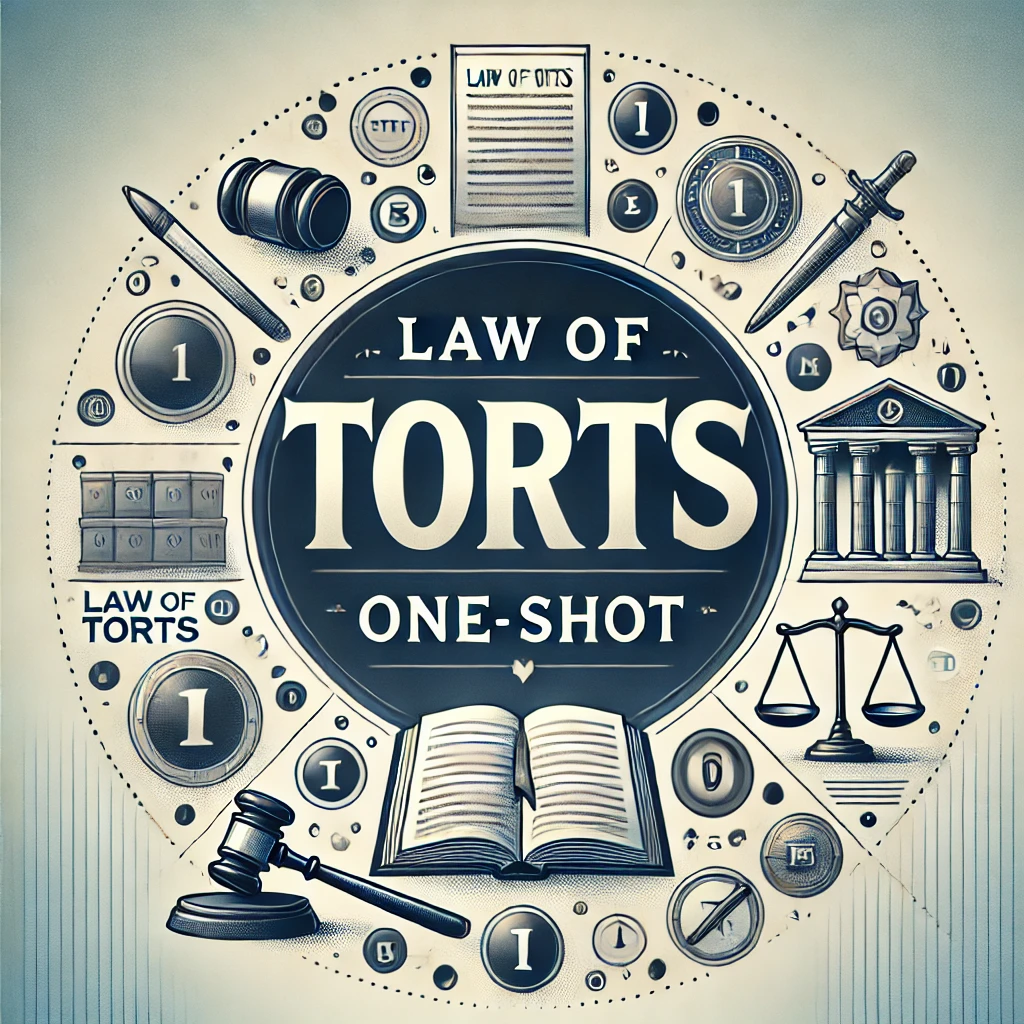

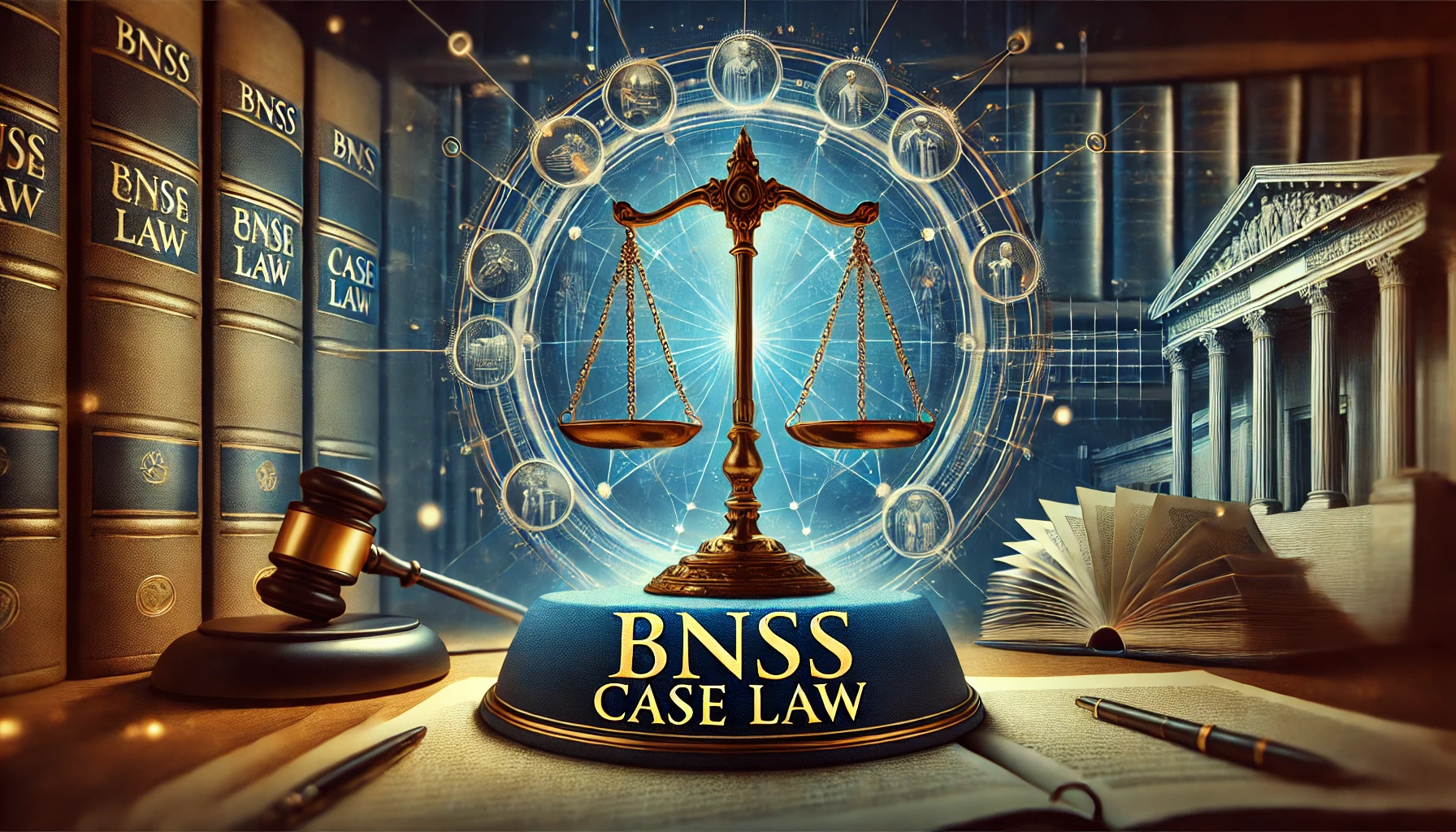


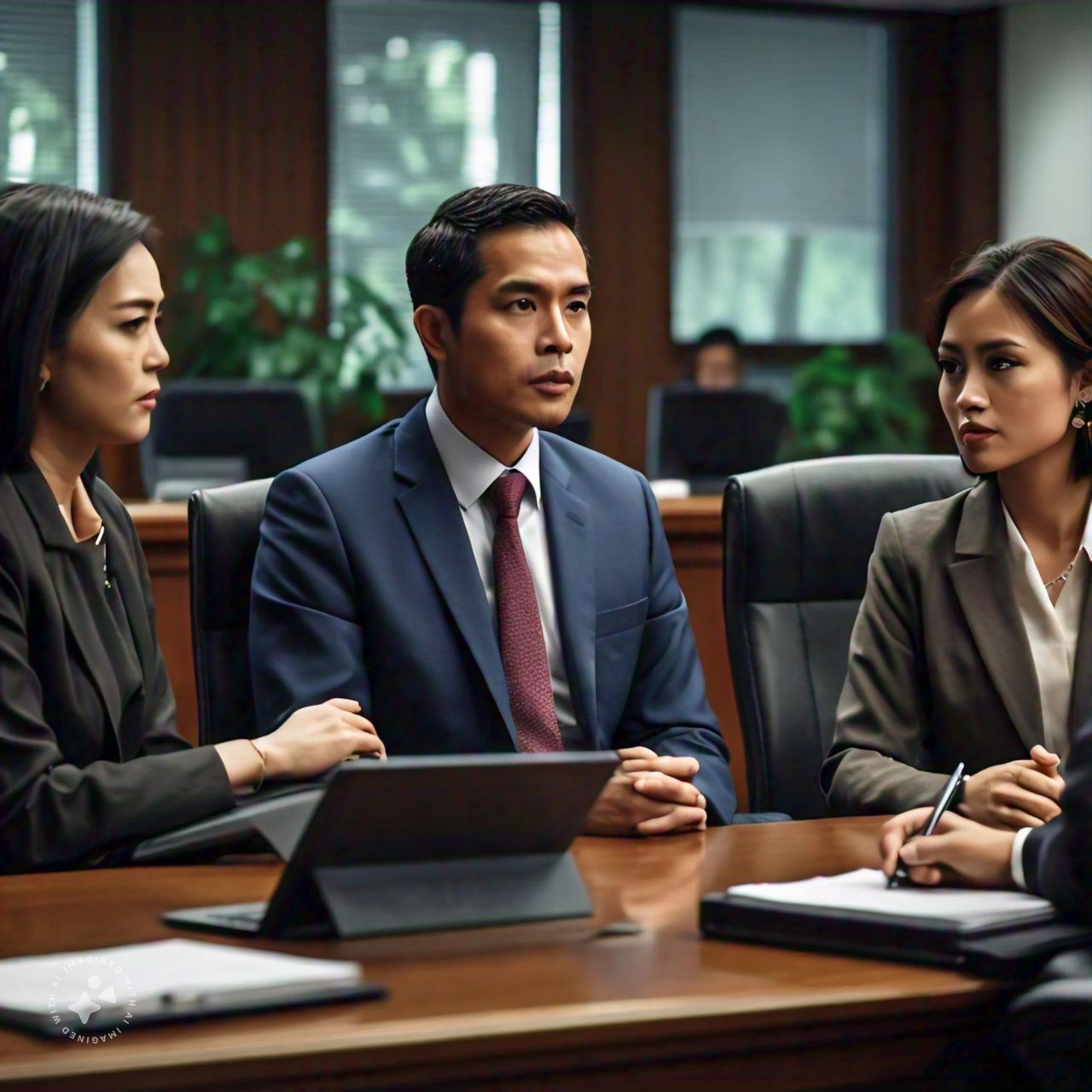
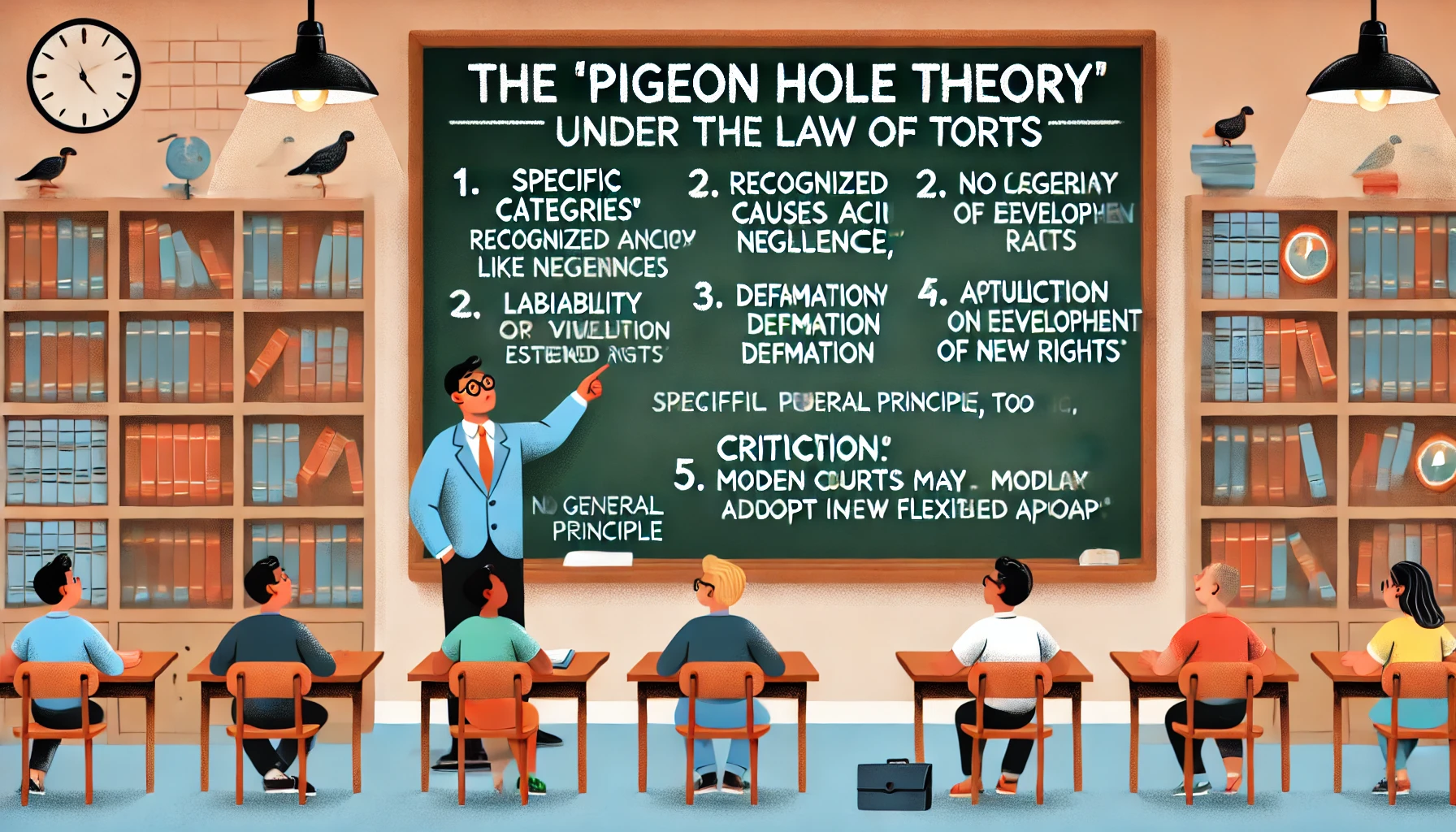

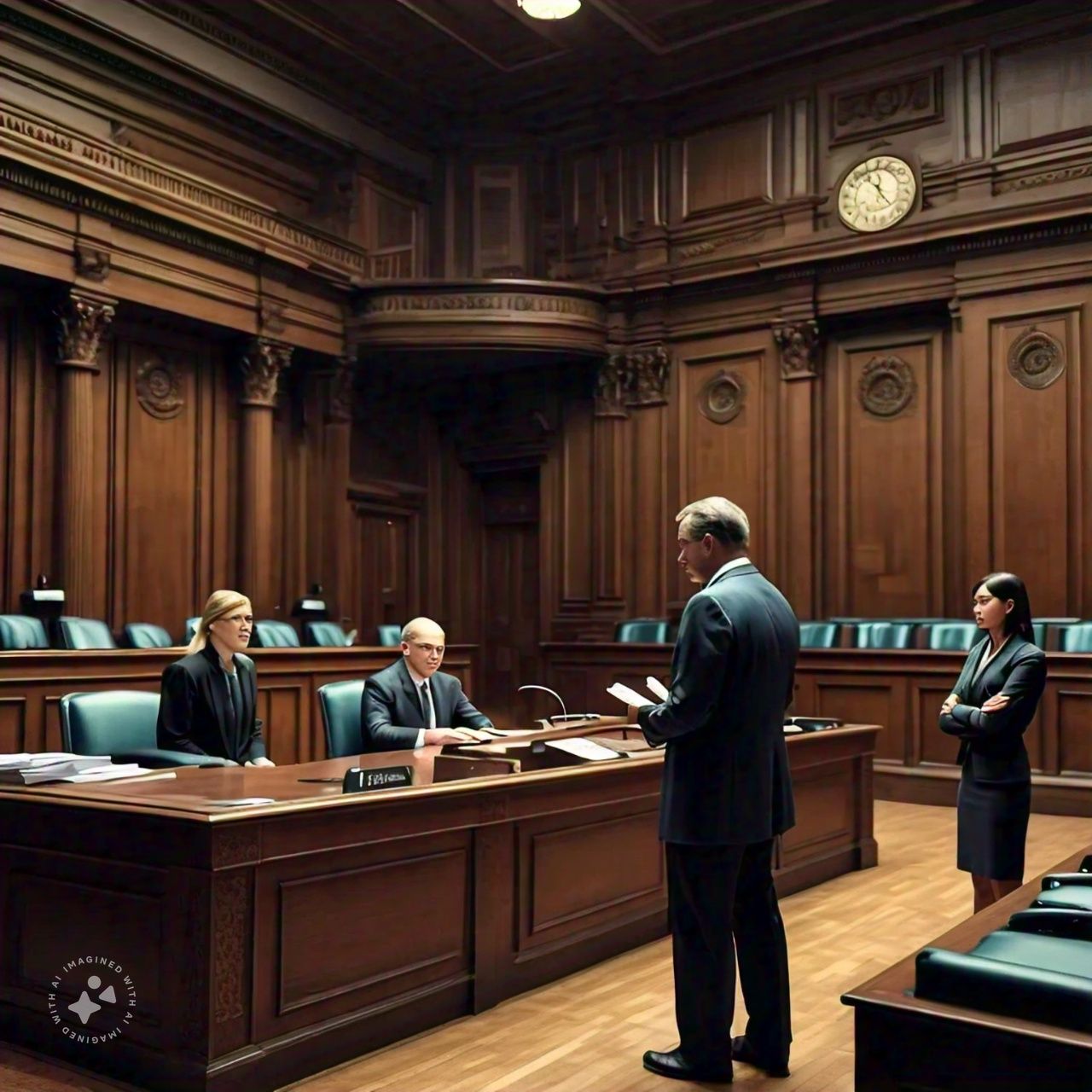
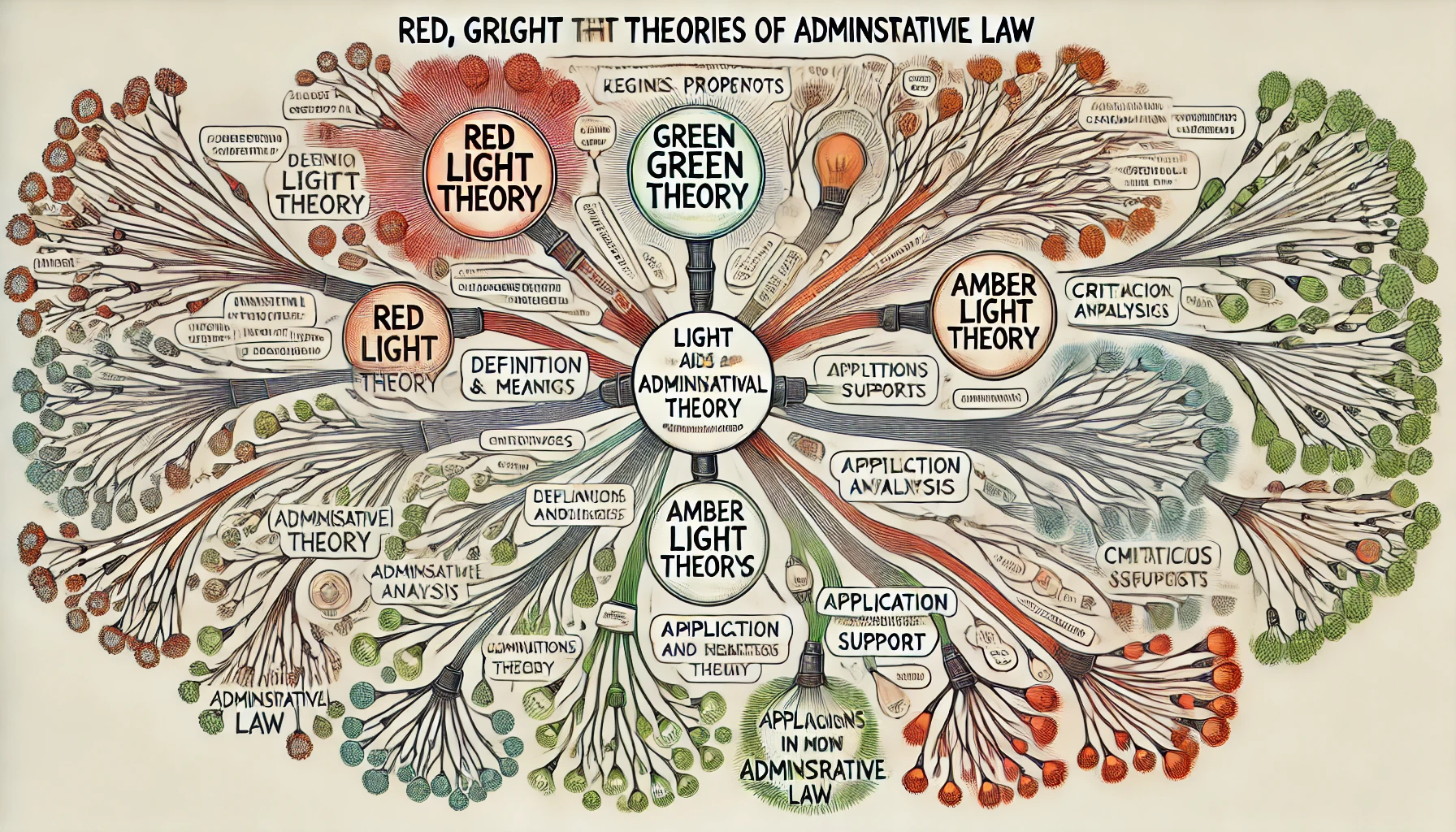
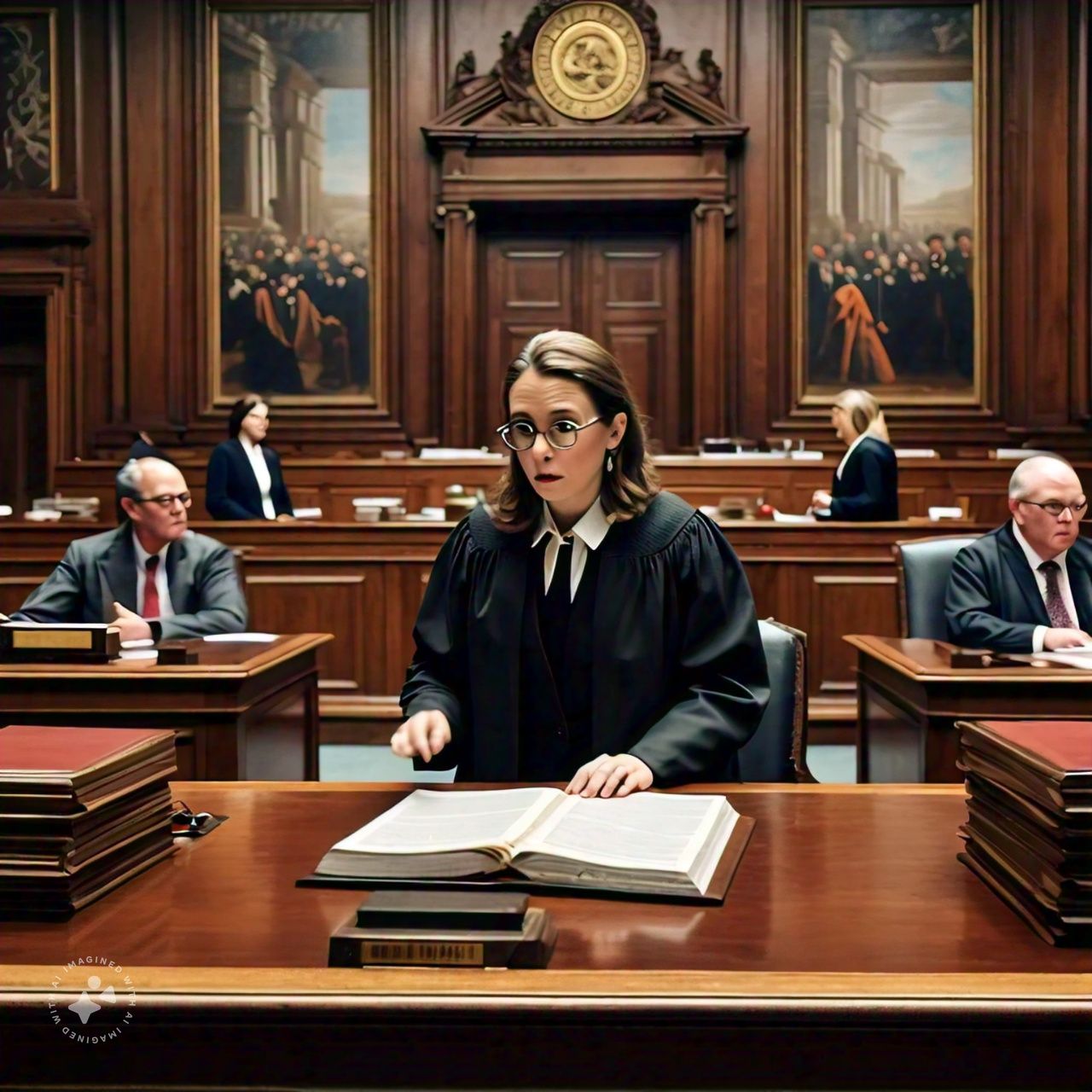
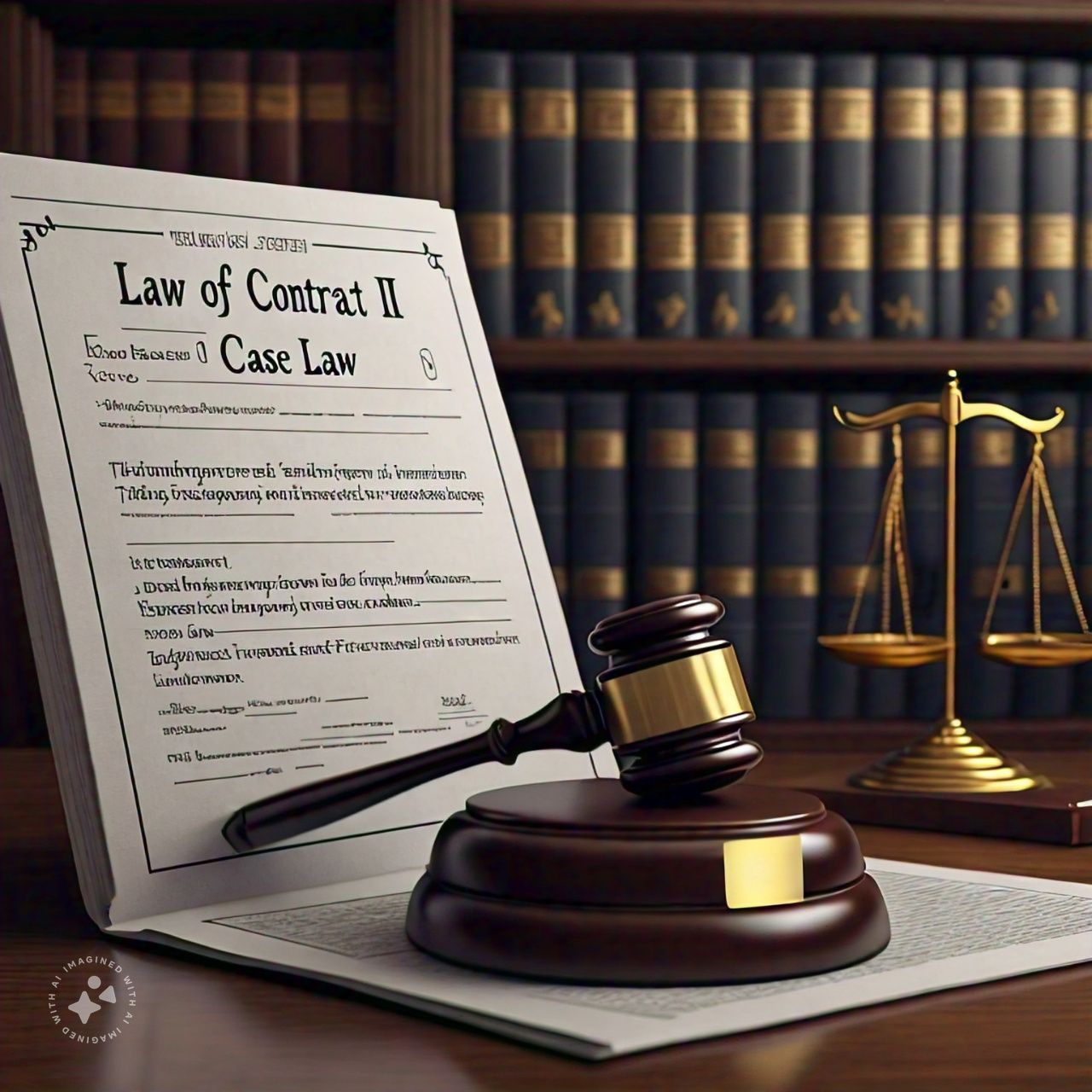
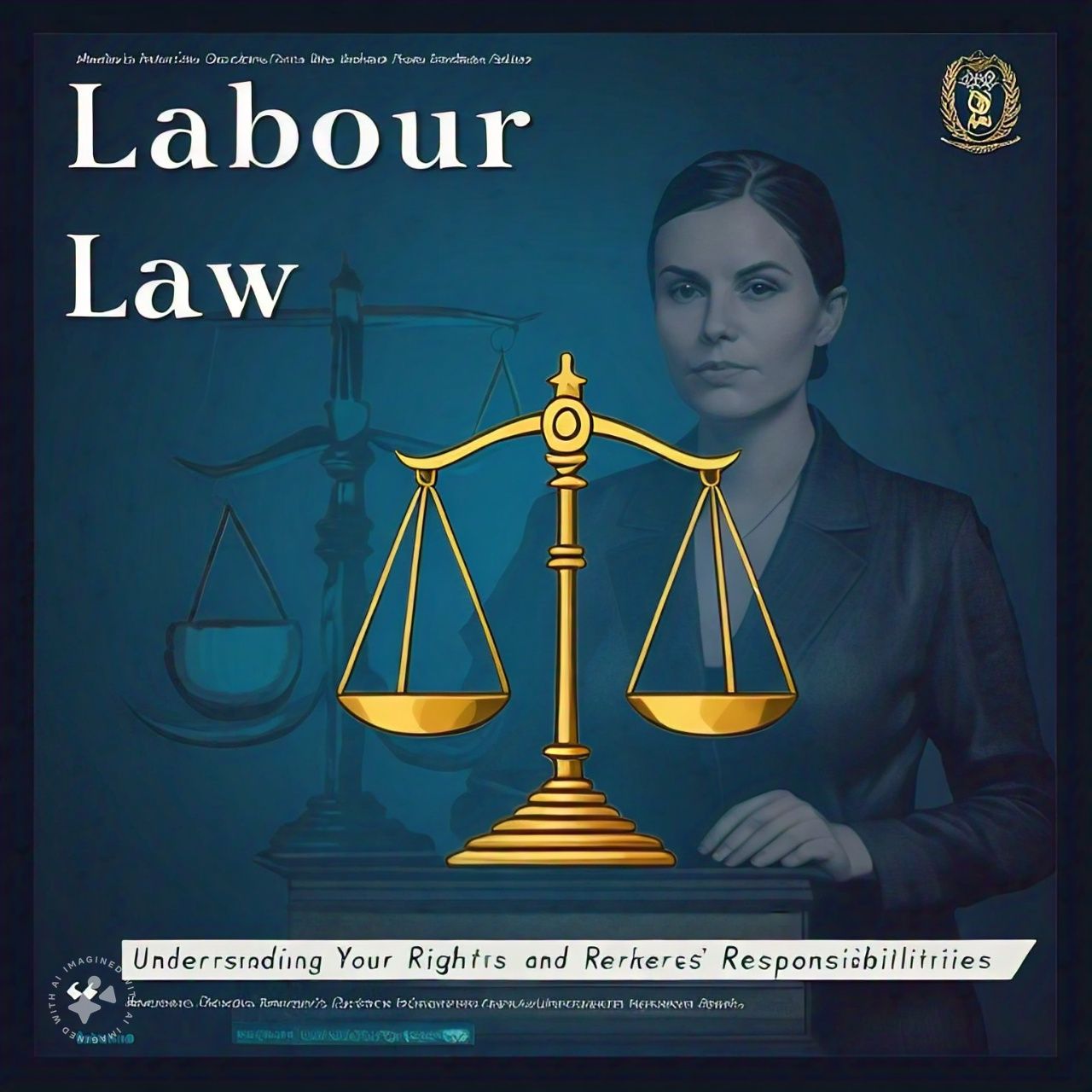




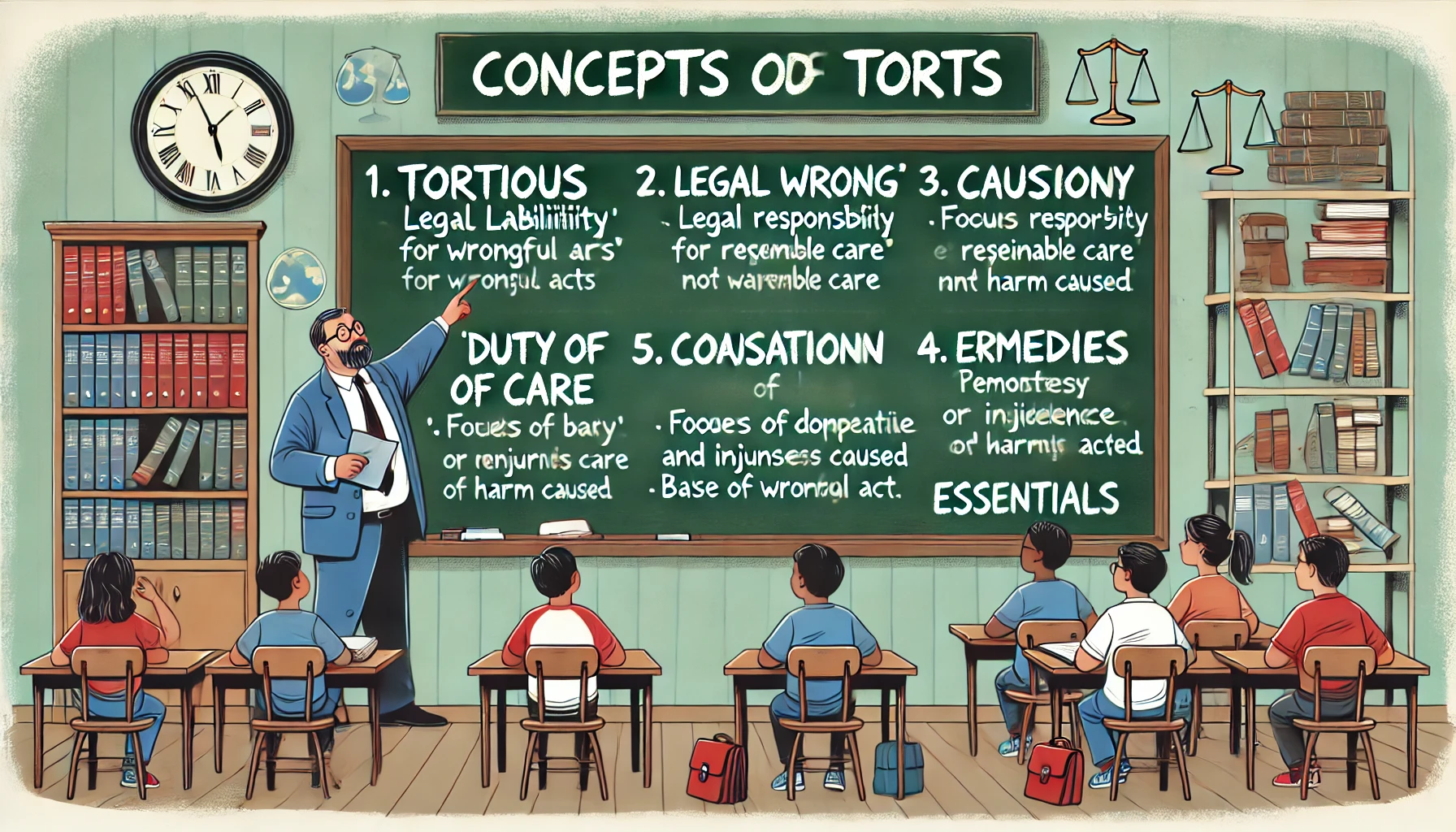
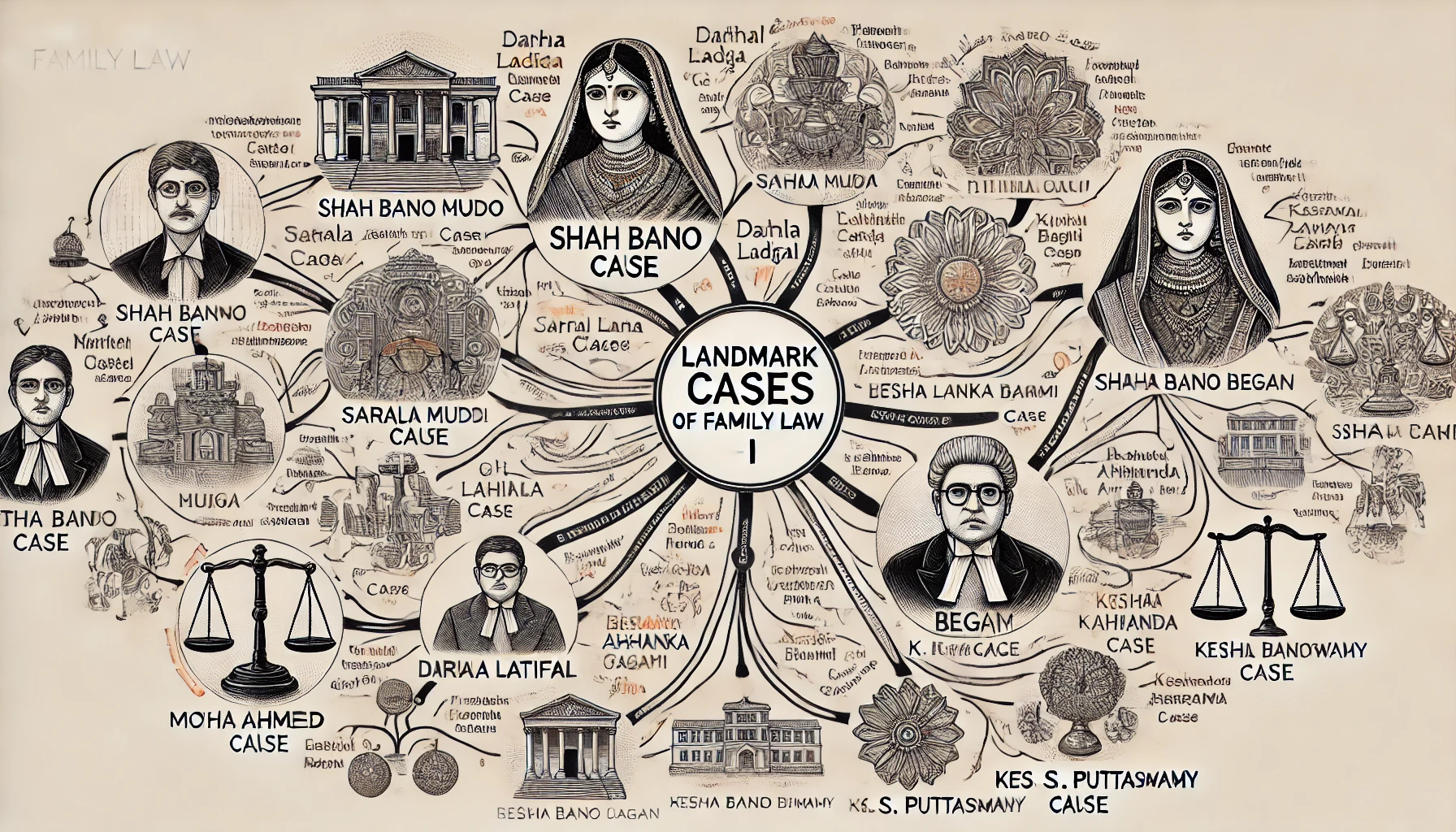

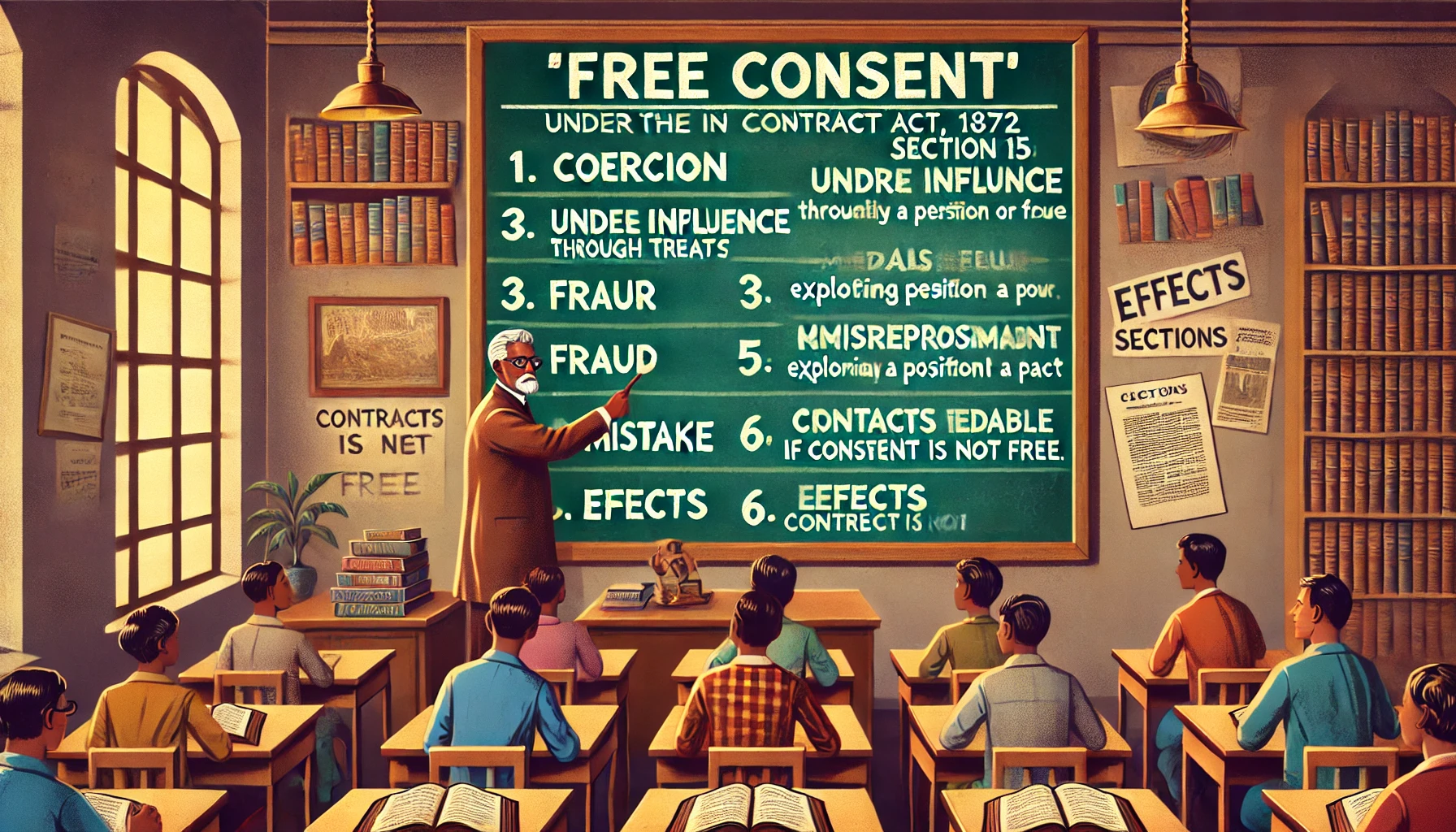
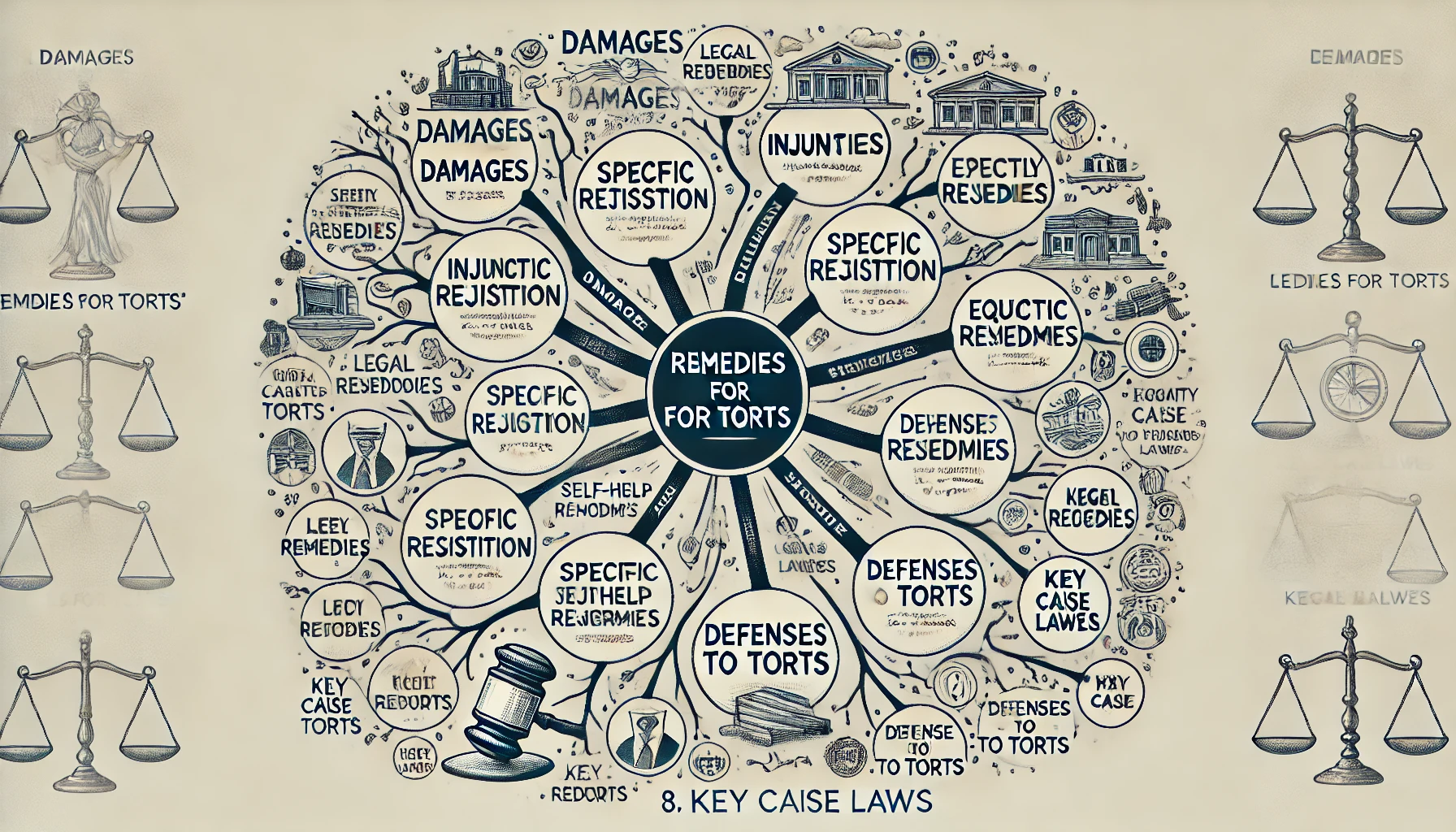


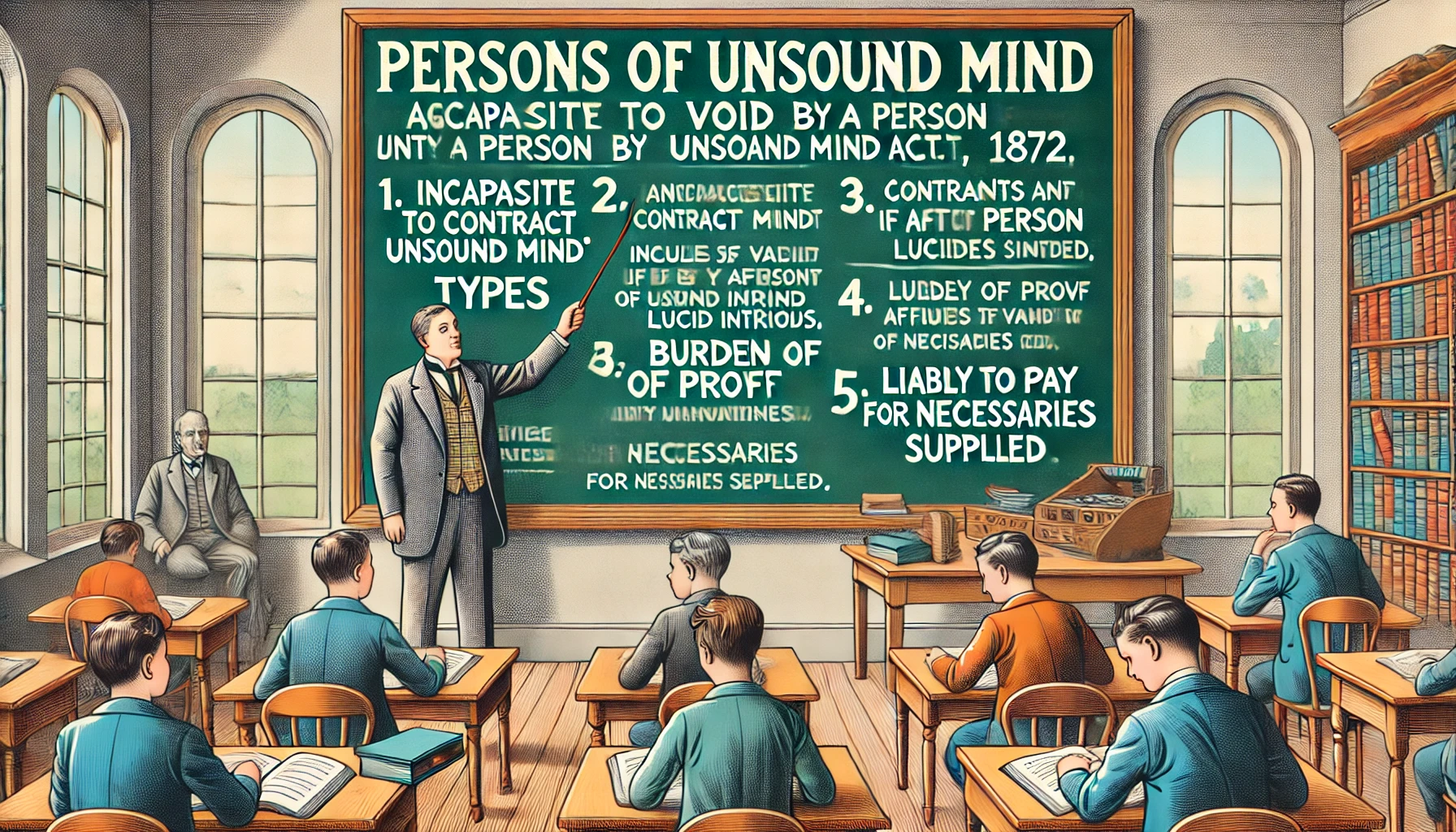

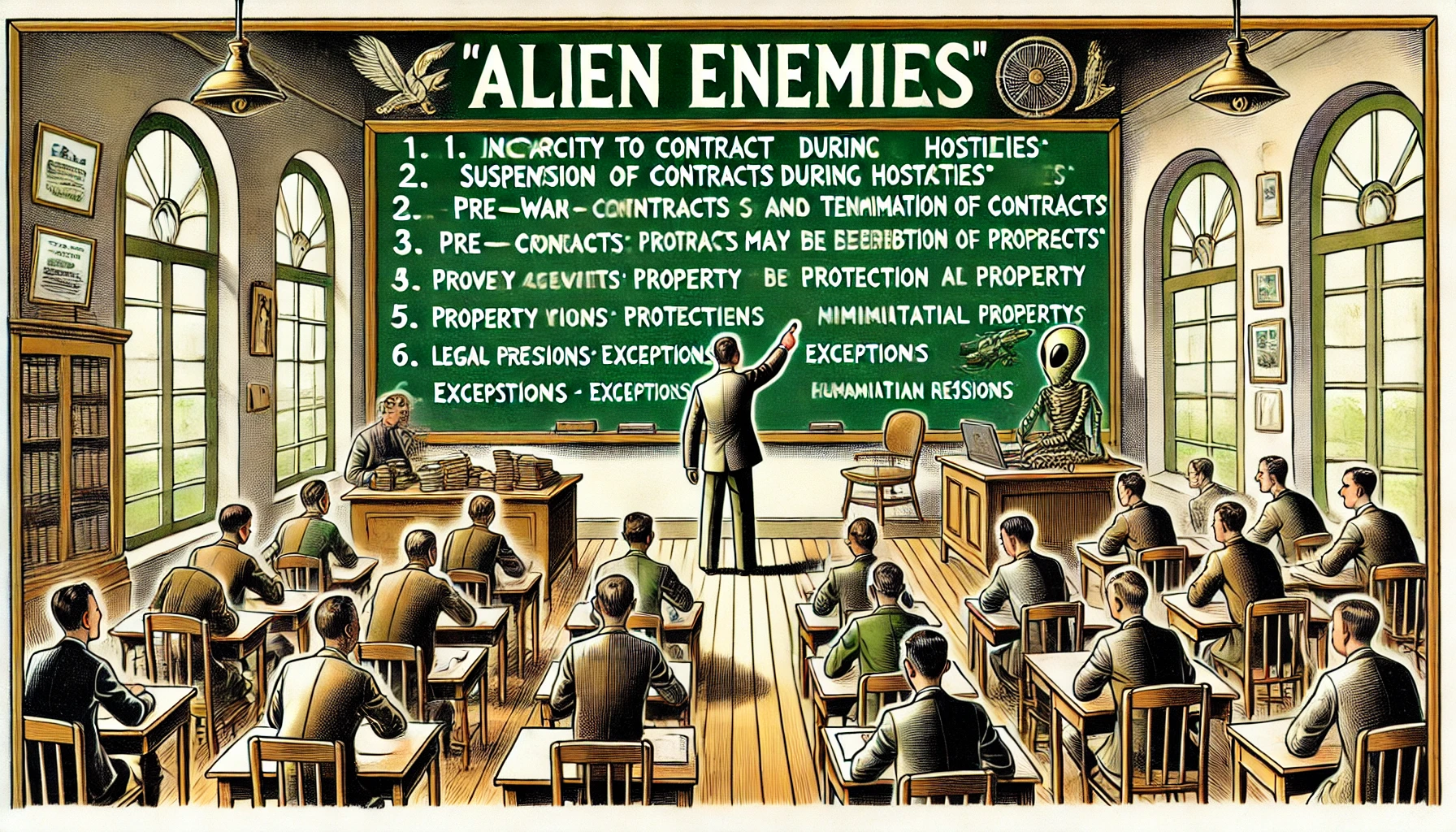




Comment
Nothing for now